Working my way through the 3 Ws of Surrey we come to West Hill, a Willie Park Jr. course which was the third of the three that I played but I felt the second-best of the bunch. I think that the general wisdom is that West Hill is the least of the three, with Woking first and Worplesdon second. But almost all would probably admit that it’s a fairly close race between them. Each course has substantial strengths. In the case of West Hill, the foundation is a very good, rolling property that results in several unusual but interesting holes and a few more standard, but indisputably excellent ones.
Like many of the other best English courses, West Hill looks fairly short on the card, stretching to just over 6,300 yards. But also like many of these ‘short’ English courses, the par is less than 70, in this case 69. I came to really like courses with par<70 because they all have at least 5 par 3s, which I’ve come to be convinced all courses should have. While many point to Augusta National’s mix of 4 par 3s, 4 par 5s, and 10 par 4s adding up to par 72 (with perfect alternation, at least on the front nine), my ideal is the Addington: 6 par 3s (of varying lengths), 3 par 5s, and 9 par 4s for a par of 69. Two of the best courses in England, Rye and West Sussex essentially have no par 5s for long hitters, which would make them par 67s.
But the focus here is West Hill, which has what’s probably the standard approach to par 69 of 5 par 3s and 2 par 5s. As typical in the neighborhood, the par 3s are an excellent and varied bunch, requiring everything from a short-iron/wedge up to a hybrid. But I would say that the class of the course is probably its set of 10 par 4s, which is quite varied. They range from drivable (13; and not just for the longest hitters), to brutally long (3, 14). There are several blind shots in the bunch and they often aren’t on the easiest holes (like the drive on 3). The course ultimately manages to squeeze a lot of interesting and varied golf into a very small property. It’s also one of the best conditioned courses that I played—I played in March and the greens were faster and the fairways in better condition than most courses that I played in the UK in the summer.
Having praised West Hill’s set of par 4s, unfortunately we start with its least praiseworthy: a 390 blind driving hole where the fairway runs out at about 260 and tumbles into a drainage ditch. Really you should only hit your drive about 240 because the fairway slopes steeply toward the ditch. The hole played fine in the winter but would be very awkward in the summer as you’d have to lay even further back to prevent the roll. You’d need 300+ to carry the ditch, so that isn’t really an alternative for most.
Like many of the other best English courses, West Hill looks fairly short on the card, stretching to just over 6,300 yards. But also like many of these ‘short’ English courses, the par is less than 70, in this case 69. I came to really like courses with par<70 because they all have at least 5 par 3s, which I’ve come to be convinced all courses should have. While many point to Augusta National’s mix of 4 par 3s, 4 par 5s, and 10 par 4s adding up to par 72 (with perfect alternation, at least on the front nine), my ideal is the Addington: 6 par 3s (of varying lengths), 3 par 5s, and 9 par 4s for a par of 69. Two of the best courses in England, Rye and West Sussex essentially have no par 5s for long hitters, which would make them par 67s.
But the focus here is West Hill, which has what’s probably the standard approach to par 69 of 5 par 3s and 2 par 5s. As typical in the neighborhood, the par 3s are an excellent and varied bunch, requiring everything from a short-iron/wedge up to a hybrid. But I would say that the class of the course is probably its set of 10 par 4s, which is quite varied. They range from drivable (13; and not just for the longest hitters), to brutally long (3, 14). There are several blind shots in the bunch and they often aren’t on the easiest holes (like the drive on 3). The course ultimately manages to squeeze a lot of interesting and varied golf into a very small property. It’s also one of the best conditioned courses that I played—I played in March and the greens were faster and the fairways in better condition than most courses that I played in the UK in the summer.
Having praised West Hill’s set of par 4s, unfortunately we start with its least praiseworthy: a 390 blind driving hole where the fairway runs out at about 260 and tumbles into a drainage ditch. Really you should only hit your drive about 240 because the fairway slopes steeply toward the ditch. The hole played fine in the winter but would be very awkward in the summer as you’d have to lay even further back to prevent the roll. You’d need 300+ to carry the ditch, so that isn’t really an alternative for most.
I also wasn’t too impressed with the 370 yard second but it is a good test of driving, with staggered bunkers right and left at ~225 and ~245. The approach is to a fairly wide green that looks like it has a lot of bunkers around it, but most of these are well back.
West Hill really starts to get going with the 470 yard third. This is just a great long par 4. Again, the drive is blind over a diagonal berm which conceals important information: that the fairway slopes left-to-right. A drive that leaks right can end up behind an oak tree or, if you push it right, could kill someone on the fourth green. So you need to either hug the left side or hit a draw.
I’d recommend (if capable) trying whichever of the two you can hit further because you’ll want as short of an approach as you can get. The second is over a creek to a small green that slopes pretty good from right-to-left. For good players, the creek should only be an issue if you pull your approach because it isn’t too tight to the green. The safe play is to hedge short and right.
Four is the first of 5 fine par 3s. This one plays about 200 yards from the tips, but the green is very receptive, both in terms of its opening in front and the slope. Just don’t miss right.
One of only two par 5s, the 500 yard fifth is a lovely up-and-over hole where you drive (hopefully) to the crest of a hill and then play your second downhill to the green. The fairway is bisected by heather at about 275 so long hitters will have to layup. But it was a perfect driving hole for me because you need to hit in the 240-250 range to have a view of the green on your second, putting a premium on a solid shot—as so many uphill shots do.
The approach is a beauty, running gently downhill to another receptive green. But there’s good challenge for those going for the green in the form of bunkers left and right about 40 yards short. The layup is wide-open but it’s a really good shot for those who can go for the green.
The 415 yard sixth features the third blind drive in the first six holes. It takes about 220 to crest the hill from the tips, making it a demanding drive for shorter hitters. For long hitters, the bigger issue (at least in the summer) is a blind bunker about 315 out. Although they could chew it up in the winter, I’d imagine that West Hill can be quite tricky for long hitters in the summer as there are a lot of places where they can run out of room.
The approach to the green is a beauty and demands a bit more accuracy than some of the previous ones.
The approach to the green is a beauty and demands a bit more accuracy than some of the previous ones.
Seven is a ~170 yard par 3, sternly bunkered at the front and front-right. The green isn’t particularly wide, so accuracy is required.
Although there are some very good holes in the opening stretch, the 400 yard eighth is where West Hill really started to come alive for me. It’s a good (and very attractive) driving hole with a bunker left at about 210 and then bunkers encroaching further down on the right. The approach is very challenging, fronted completely by bunkers. Still, if you’ve hit a good drive, it should be manageable because the green is deep and receptive.
Like most of the heathland courses, the greens aren’t a standout at West Hill. But there are exceptions, most notably the 175 yard ninth. Bunkers short right and left create some pressure (you really don’t want to go long), but the most interesting thing about the hole is the wandering tier in the middle of the green. It’s especially challenging to stick on on the small back tier but even if you do, you’re not going to have a flat putt.
I’ve seen many two-tiered greens and they’re usually not interesting because the tiers themselves are flat. That isn’t true here; both tiers have good interior contour, making this an excellent green.
I’ve seen many two-tiered greens and they’re usually not interesting because the tiers themselves are flat. That isn’t true here; both tiers have good interior contour, making this an excellent green.
Nine is an excellent hole. I think that the long par 4 tenth (420 yards) is even better. For me, this hole easily sits with some of the other great tenth holes in Surrey, like those at St. George’s Hill and the Old Course at Sunningdale. It’s a model of employing bunkering to create both strategy and deception.
The drive is a fairly narrow corridor through trees…actually I’m glad I played it in the winter because with leaves and firm fairways, it would be uncomfortably narrow. But the main driving feature is a small bunker about 270 yards out on the left. This is exactly where you want to drive it. From here, in typical Colt fashion (although he didn’t design it), there are staggered bunkers starting short-left and running up the right side of the green. The green is angled from front-left to back-right and is narrow. So an approach from the right side of the fairway, especially if you haven’t hit a long drive, is very difficult.
The drive is a fairly narrow corridor through trees…actually I’m glad I played it in the winter because with leaves and firm fairways, it would be uncomfortably narrow. But the main driving feature is a small bunker about 270 yards out on the left. This is exactly where you want to drive it. From here, in typical Colt fashion (although he didn’t design it), there are staggered bunkers starting short-left and running up the right side of the green. The green is angled from front-left to back-right and is narrow. So an approach from the right side of the fairway, especially if you haven’t hit a long drive, is very difficult.
Eleven is a peculiar hole, but one that I like. The issue here is that it’s about 390 from the tips, but 240 is the absolute furthest you can drive it before the fairway runs out. There’s plenty of space short of this, although the fairway runs out a bit quicker on the left than the right.
Some may not love the semi-blind approach but it was one of my favorites. And that’s because the green is lay-of-the-land, something for which I’m a huge sucker. Given that the land slopes away here, the green also slopes away. So distance control is at a premium.
Interesting note: the fairway has rig-and-furrow shaping, long, shallow trenches. You also see this at Sunningdale and Liphook. This is a farming remnant. It adds character wherever you find it.
Interesting note: the fairway has rig-and-furrow shaping, long, shallow trenches. You also see this at Sunningdale and Liphook. This is a farming remnant. It adds character wherever you find it.
Now we come to a hole that I’d suspect is a favorite—yet the bane—of many: the drivable par 4 twelfth. And this one is really drivable—only about 280 from the tips. But there are bunkers absolutely everywhere starting at about 190 yards. The smart play is to pick a club that’ll keep you short of the bunkers on the left at about 220.
The green is another two-tier-er and the back tier is very shallow. I don’t remember how the rest of the green was (and unfortunately I didn’t get a close-up) but that’s probably because when the pin is at the back, it captures your full attention.
The green is another two-tier-er and the back tier is very shallow. I don’t remember how the rest of the green was (and unfortunately I didn’t get a close-up) but that’s probably because when the pin is at the back, it captures your full attention.
Thirteen is the short par 3, only about 135 yards but to a well-bunkered green. Back-right pins are especially tricky here.
If there’s one hole at West Hill that people complain about, it’s probably the 450 yard par 4 four fourteenth. It’s just a very awkward hole. The reason is that it’s a short dogleg to the right; if you aim straight down the fairway, it runs out at about 230 yards. Aim at the edge of the tree line and hit it straight and you run out of fairway and into a bunker (protecting those on the sixteenth tee) at 250. So you need to hit something high along the tree line with a fade. Actually, it’s a really good challenge for good players and there is room if you pull it off.
Somewhat awkward drive aside, all must admit that the second is a beauty. There are several cross bunkers about 100 yards short of the green that can create a lot of trouble if you’ve hit a short drive. But the run into the green from there is wide open, befitting such a long par 4 with a difficult drive. I wish I had gotten a picture of the green because I remember is as another lay-of-the-land beauty, like eleven.
It’s a controversial hole, but I think it’s a good one.
It’s a controversial hole, but I think it’s a good one.
I think there’d be more consensus that the 210 yard par 3 fifteenth is a very good hole. Nothing tricky here, you just need to hit a solid long-iron/hybrid to carry the diagonal stretch of bunkers that runs from short-left to long-right. The green is plenty large enough and open in front, but let it leak a bit right and you’ll be bunkered.
Like on one, you have to be careful not to hit your drive on sixteen too far because the fairway runs out into a ditch at about 275. But the hole is only 380 so you don’t need to go any further than about 250 anyway. The uphill approach to a green fronted by another string of diagonal bunkers running from short-left up its right side is one of the most attractive on the course.
The par 5 seventeenth (540 tips/510 yellow tees) has a bit of an awkward drive but this time you can see enough of what’s going on. The driving challenge comes in the form of staggered bunkers, about 230 out on the right and 250 out on the left. Again, the fairway runs out into heather, but not until about 290 this time.
The approach is semi-blind but you can see the one feature that you really need to know about: the right fairway bunker about 80 yards short of the green. Unless you’re going for the green, you should just layup short of it. From here, it’s a simple approach to a large green with plenty of room in front.
The 435 yard eighteenth is one of the toughest finishing holes in Surrey. And it’s not because of the drive, which is one of the most wide-open on the course. But although you can’t tell from the tee, it’s much better to be up the left-side than the right-side here. That’s because the green is narrow and well-protected at its right side.
I don’t remember the green as being particularly interesting but still, I wish I had gotten a closer picture. One of the most notable things about this green is that the practice green is just about 10 yards to its right. I wouldn’t be surprised if as many people hit the practice green with their approach as the real one (I did…).
It’s been awhile since I thought about West Hill (and six years since I played it) but going through my pictures, it clearly made an impression on me as I remembered a lot of what I thought about it at the time. I remembered thinking in my first round that the course got off to a slow start but then realizing that it was only the first two holes—no one would describe three or four as weak holes.
I would have sworn that because of the bunkering scheme, the course had been designed by Colt, but there’s no mention of any major architect other than Park having had a hand in the course. Knowing that, I guess that I can see Park’s hand in some of the lay-of-the-land green complexes and the willingness to allow blind shots. But the diagonal bunkering doesn’t really remind me of Park’s work on either Sunningdale’s Old Course or at Stoneham and it reminds me very much of Colt’s work at St. George’s Hill and on the Sunningdale New Course. Perhaps Park’s approach to bunkering changed depending on the site? I’ll leave that to the architectural historians.
I have a hard time getting too worked up about golf course architecture history but clearly I love analyzing golf course architecture. And whoever designed it, they did a fine job with West Hill. It’s very well bunkered and has great variety in the green complexes—some quite undulating with mounded edges, others fitting very simply in their surroundings. The holes fall over the land in a varied way as well with several uphill, blind shots but also many lovely downhill ones. Although there’s only one hole that I’d describe as world class (ten), there are a handful of very good par 3s and par 4s, each different from the other. All-in-all, it’s a course that I’d be happy to play regularly and certainly holds its own in a competitive neighborhood for great golf.
I would have sworn that because of the bunkering scheme, the course had been designed by Colt, but there’s no mention of any major architect other than Park having had a hand in the course. Knowing that, I guess that I can see Park’s hand in some of the lay-of-the-land green complexes and the willingness to allow blind shots. But the diagonal bunkering doesn’t really remind me of Park’s work on either Sunningdale’s Old Course or at Stoneham and it reminds me very much of Colt’s work at St. George’s Hill and on the Sunningdale New Course. Perhaps Park’s approach to bunkering changed depending on the site? I’ll leave that to the architectural historians.
I have a hard time getting too worked up about golf course architecture history but clearly I love analyzing golf course architecture. And whoever designed it, they did a fine job with West Hill. It’s very well bunkered and has great variety in the green complexes—some quite undulating with mounded edges, others fitting very simply in their surroundings. The holes fall over the land in a varied way as well with several uphill, blind shots but also many lovely downhill ones. Although there’s only one hole that I’d describe as world class (ten), there are a handful of very good par 3s and par 4s, each different from the other. All-in-all, it’s a course that I’d be happy to play regularly and certainly holds its own in a competitive neighborhood for great golf.
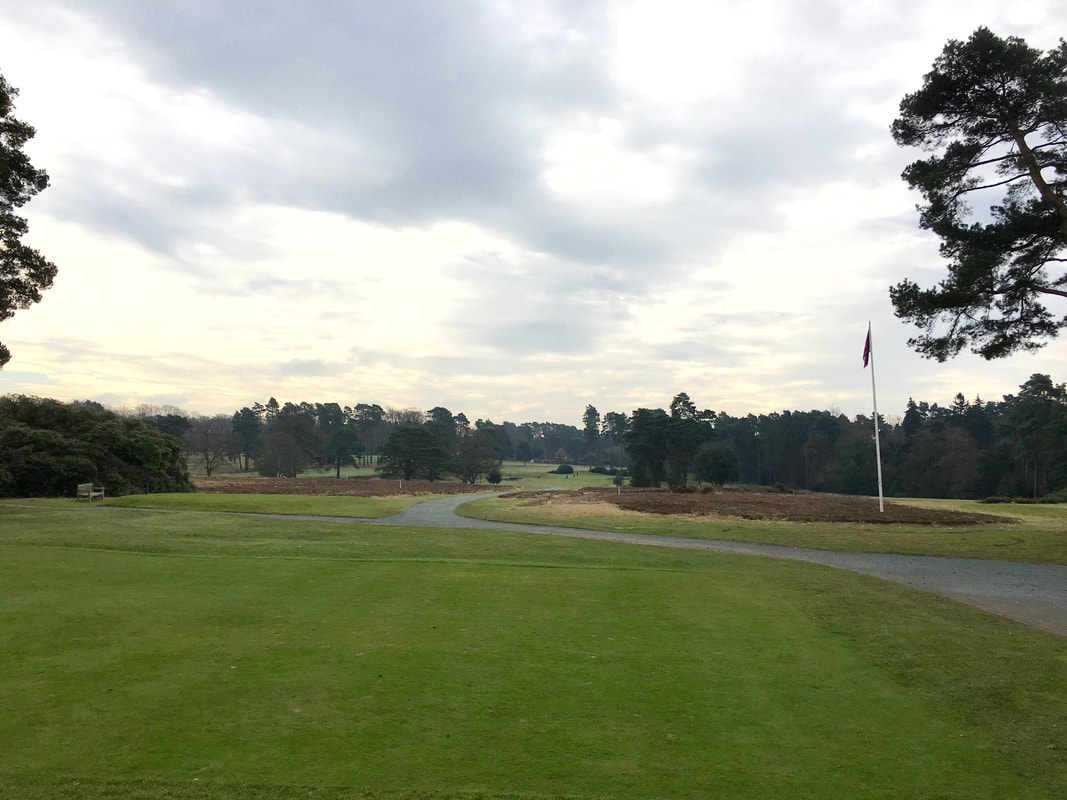
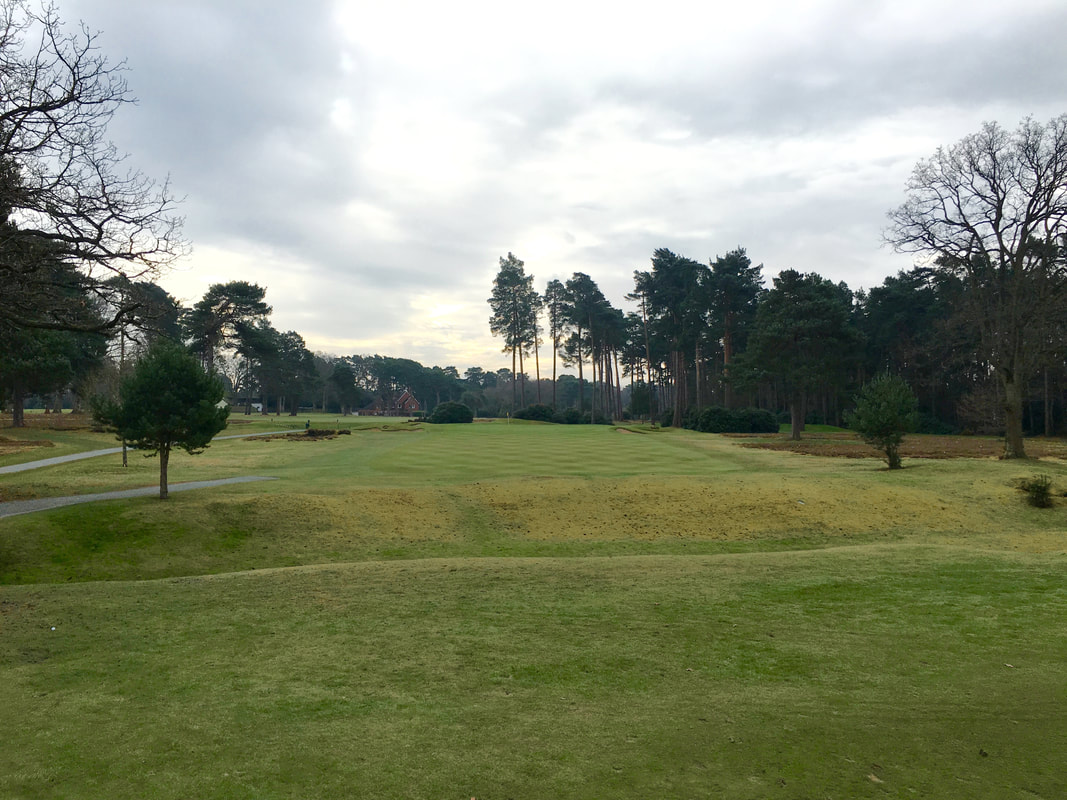
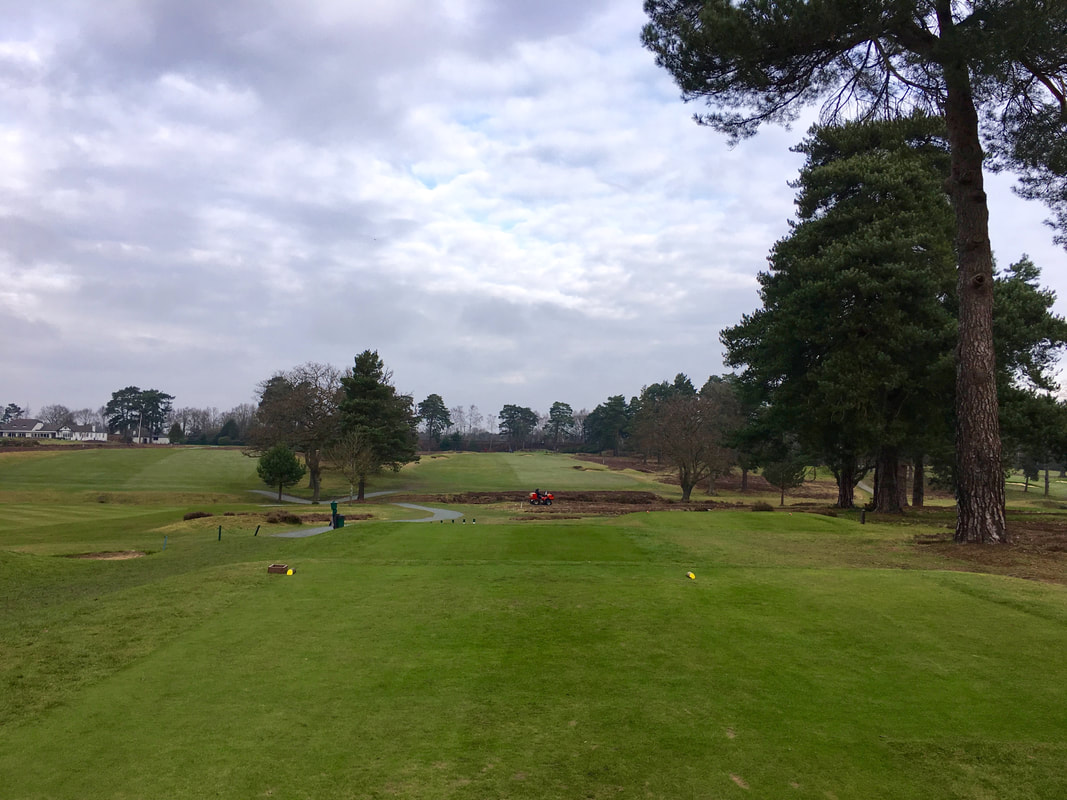
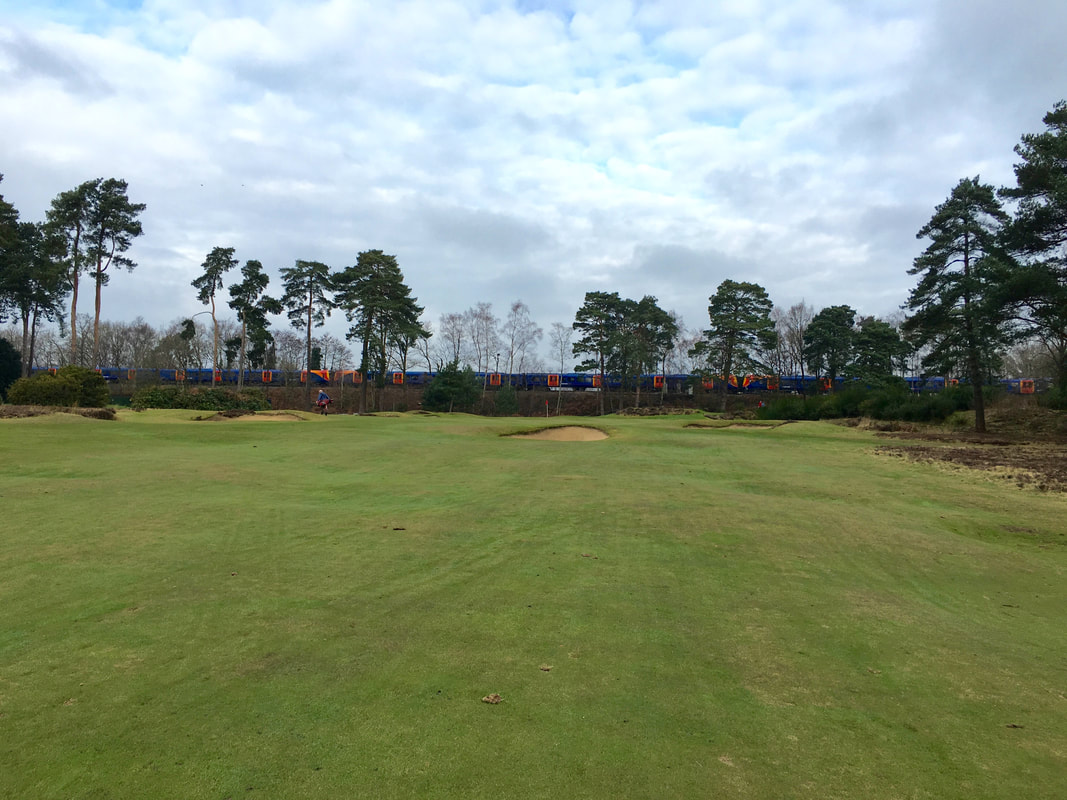
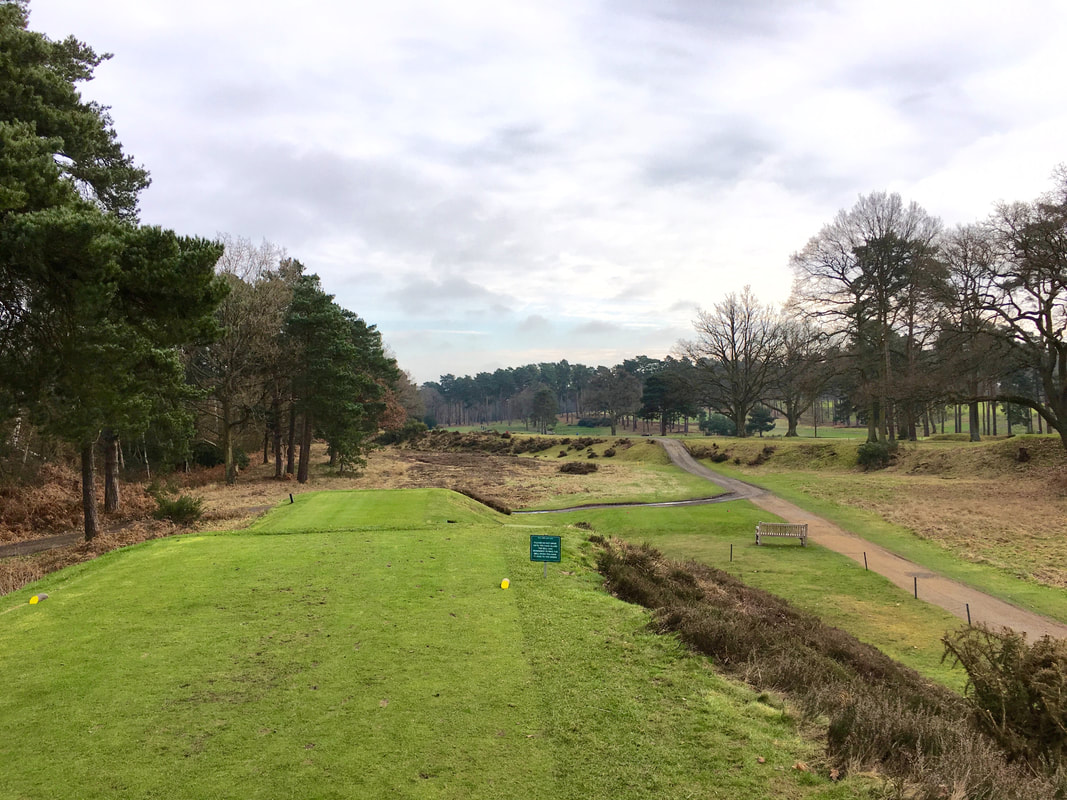
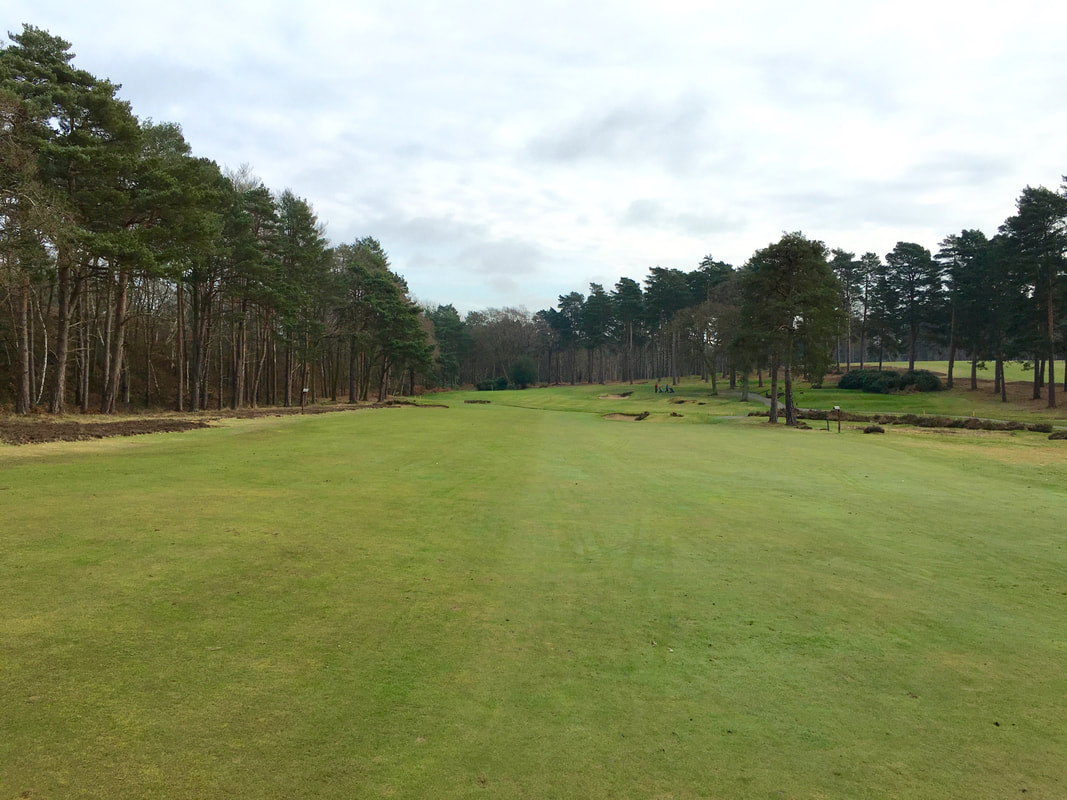
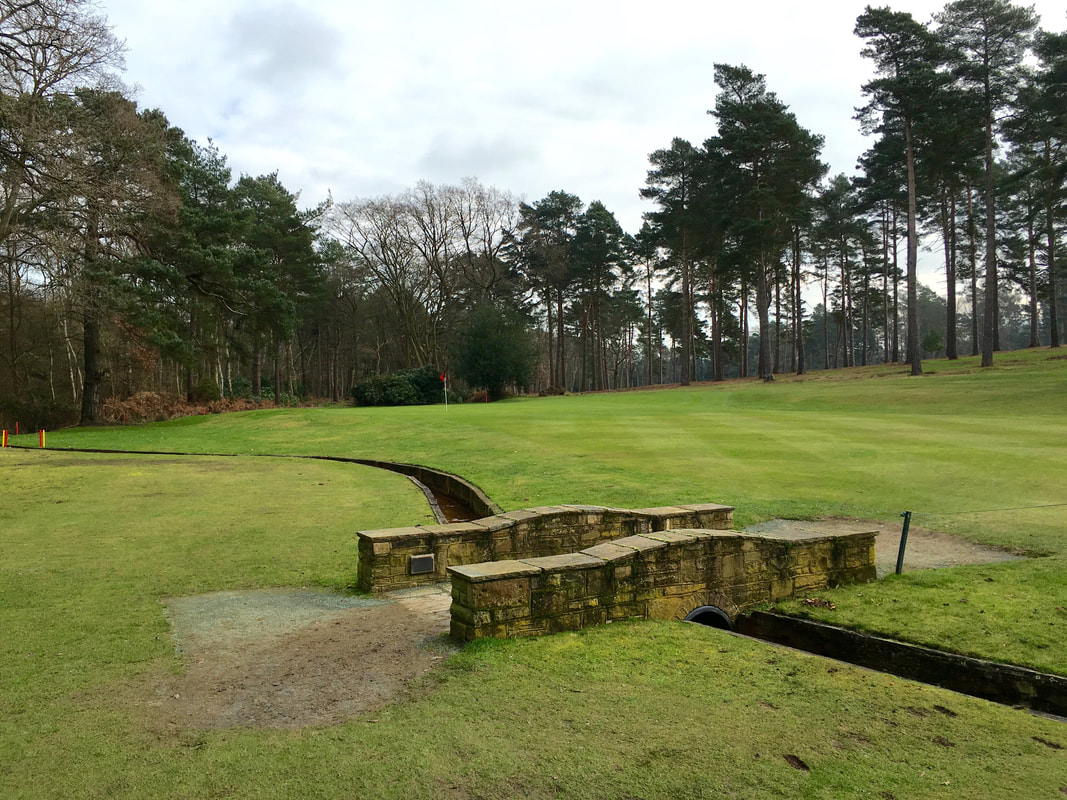
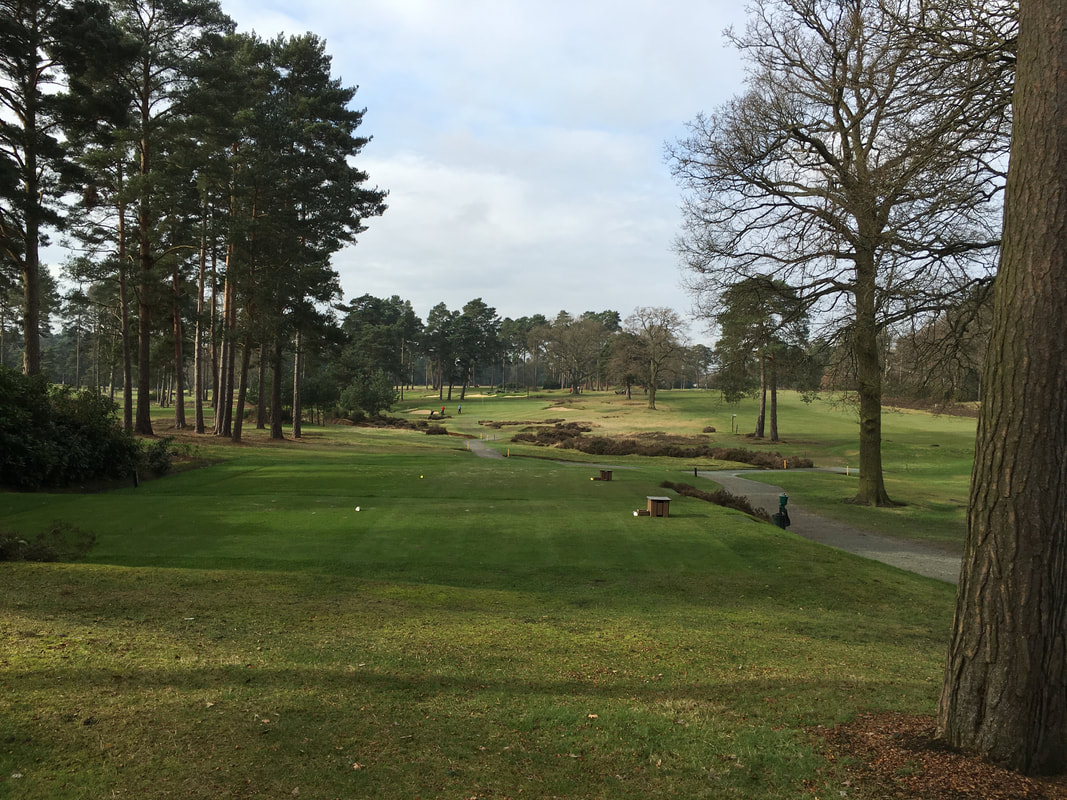
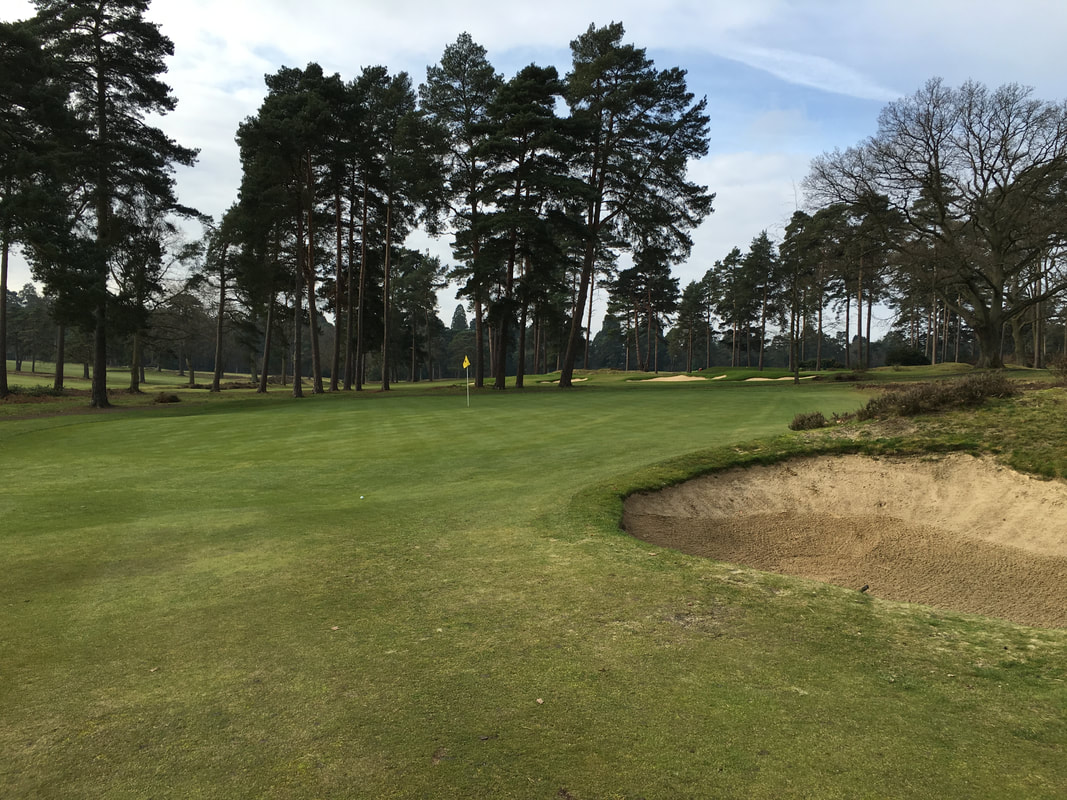
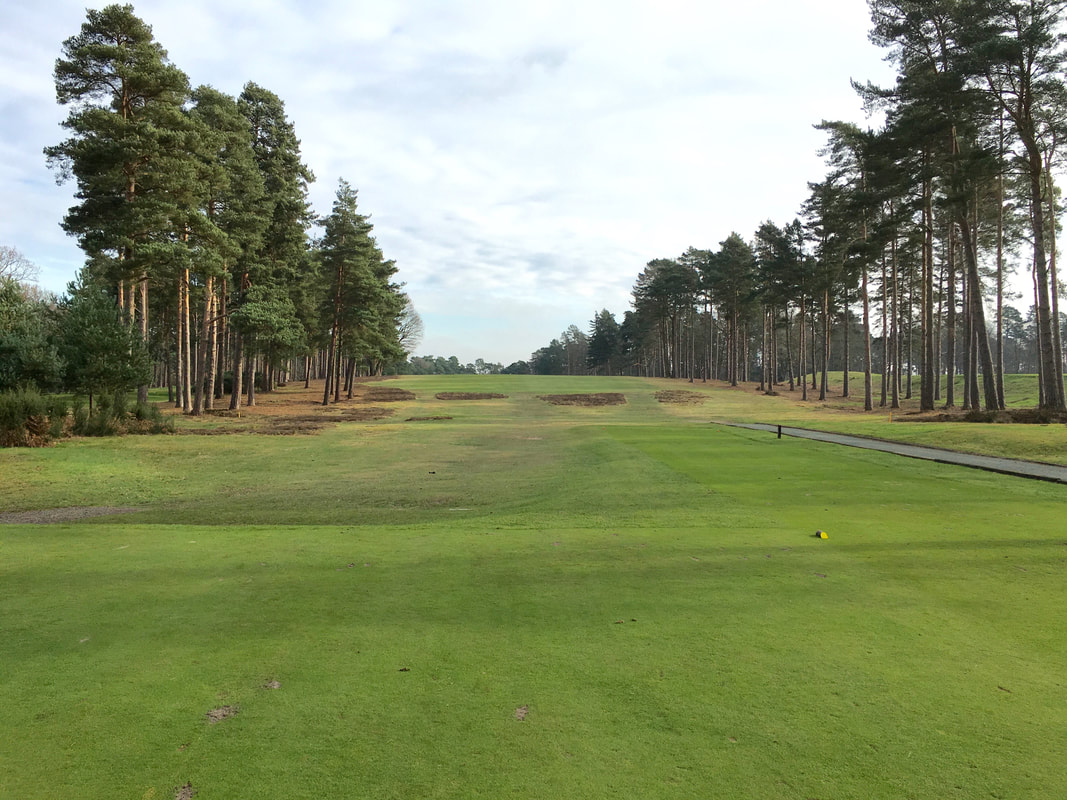
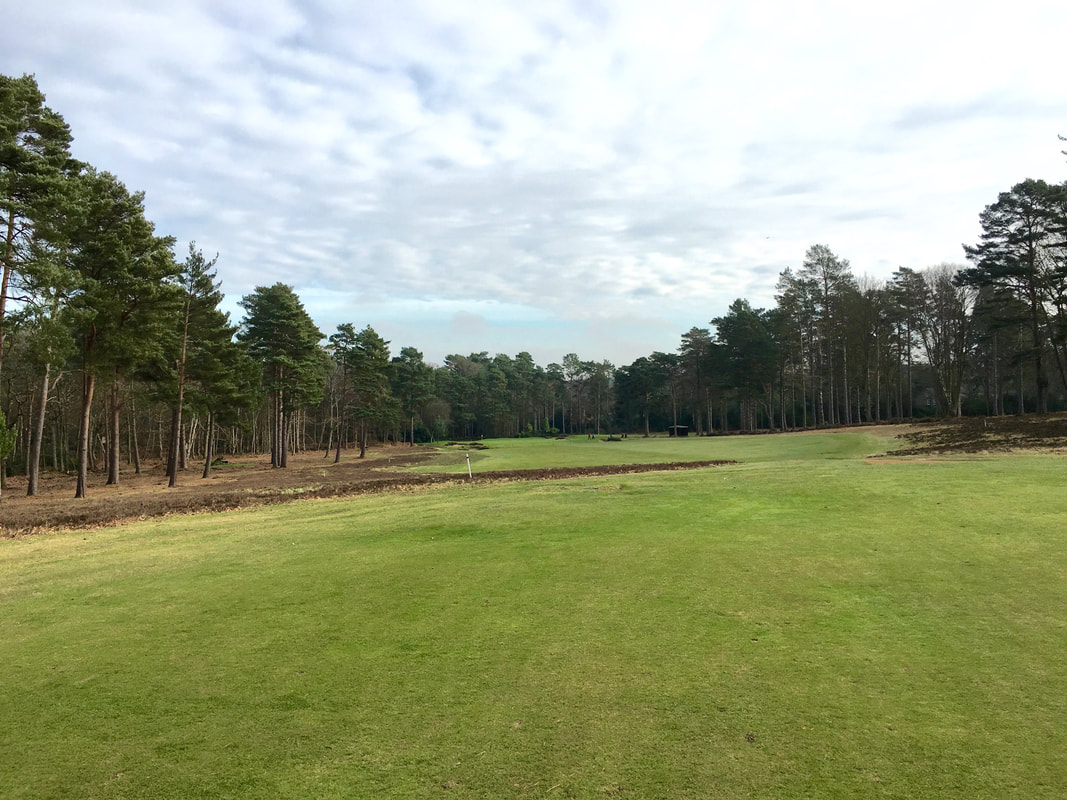
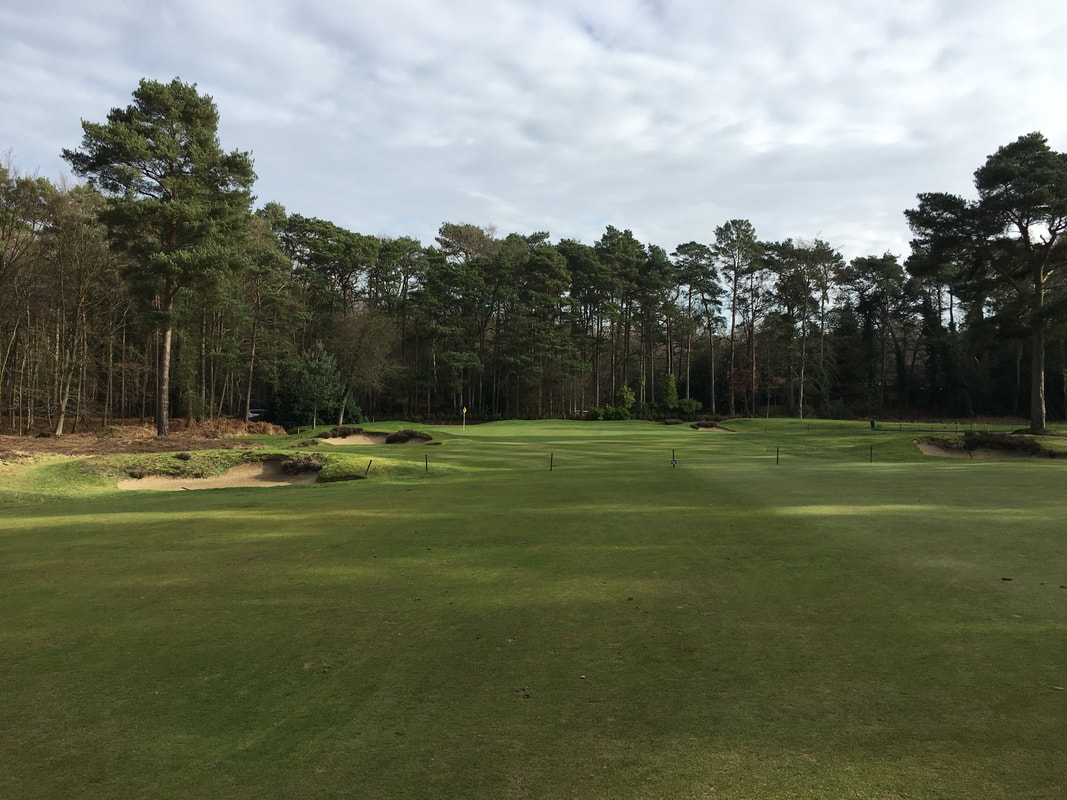
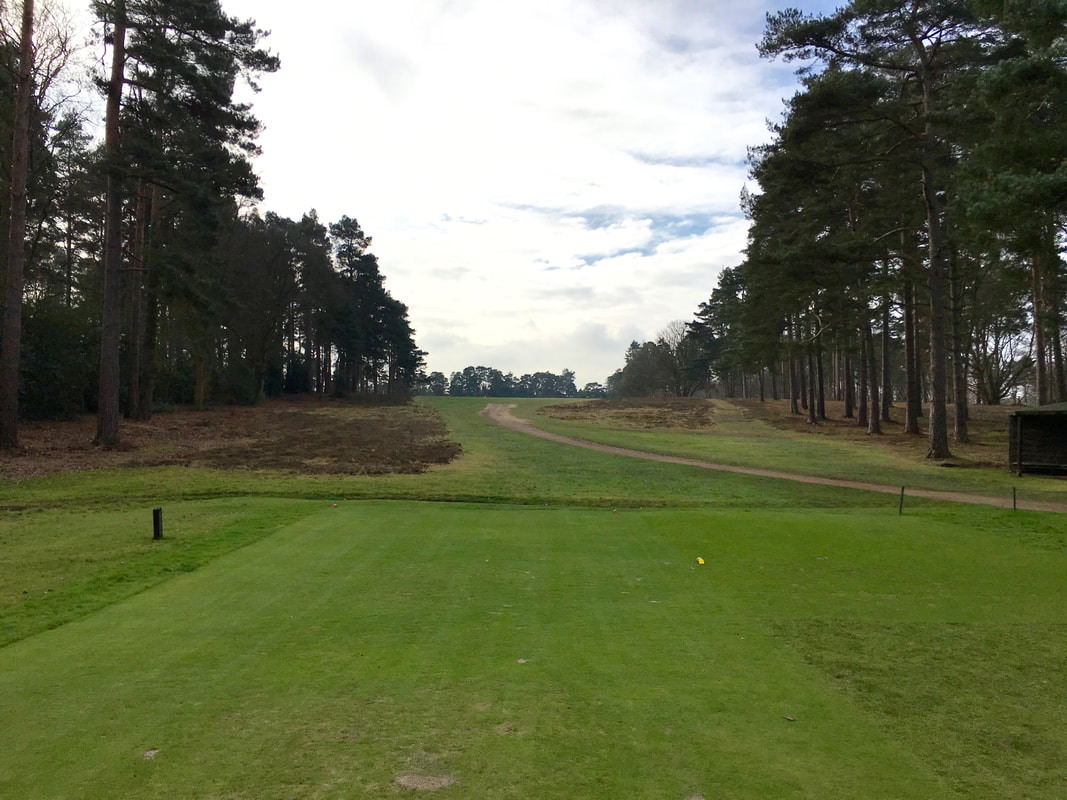
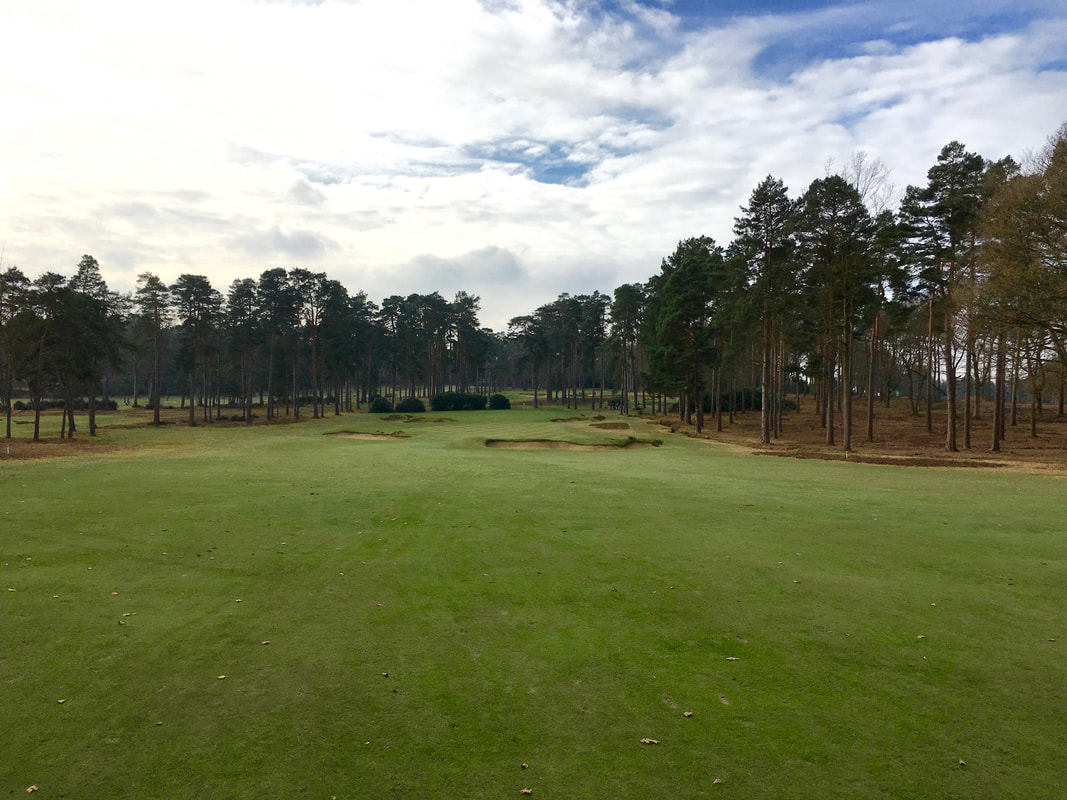
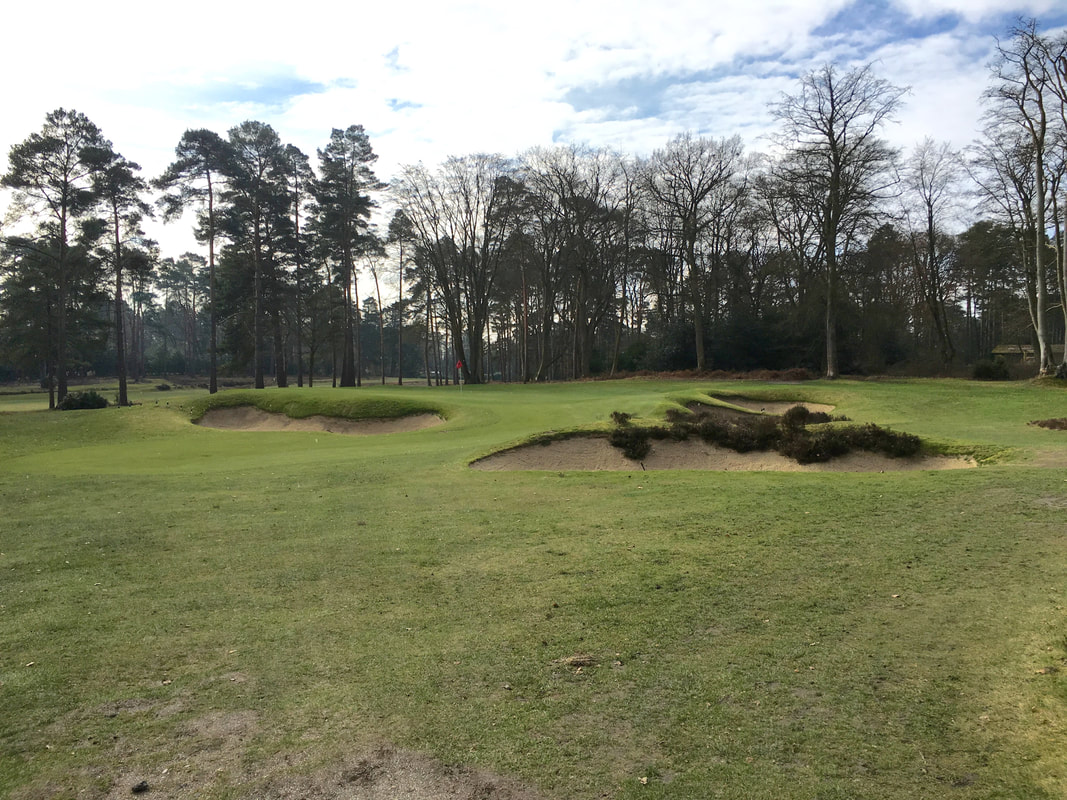
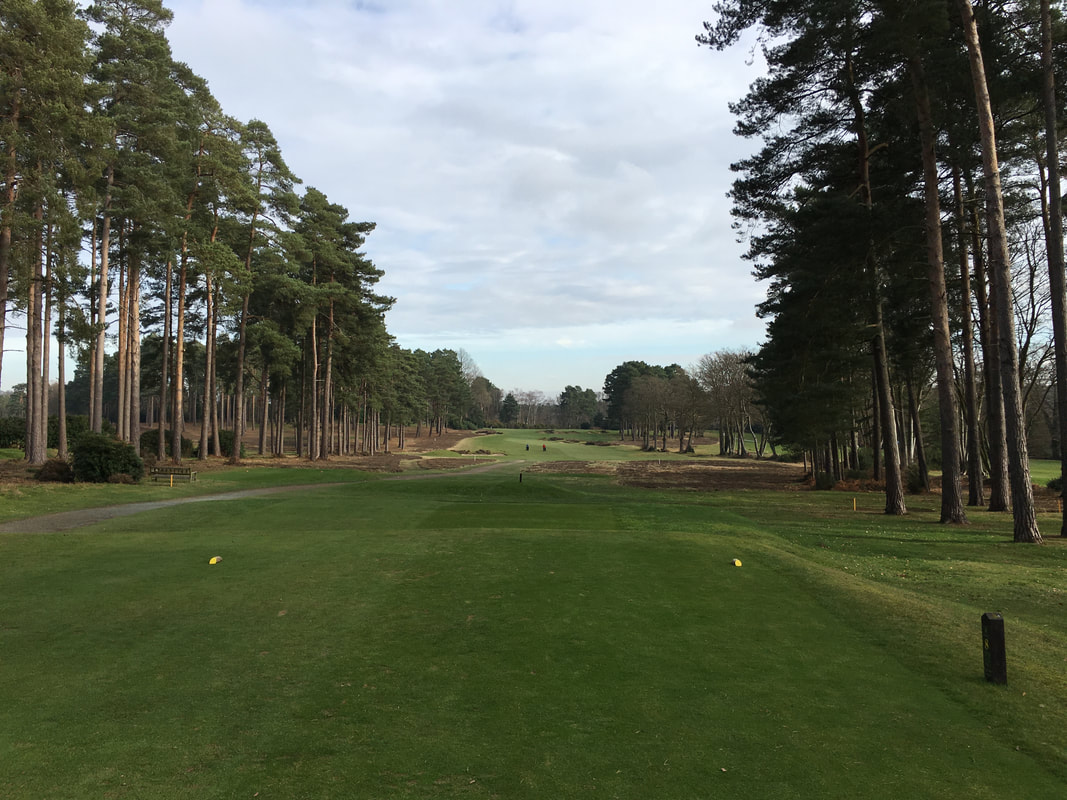
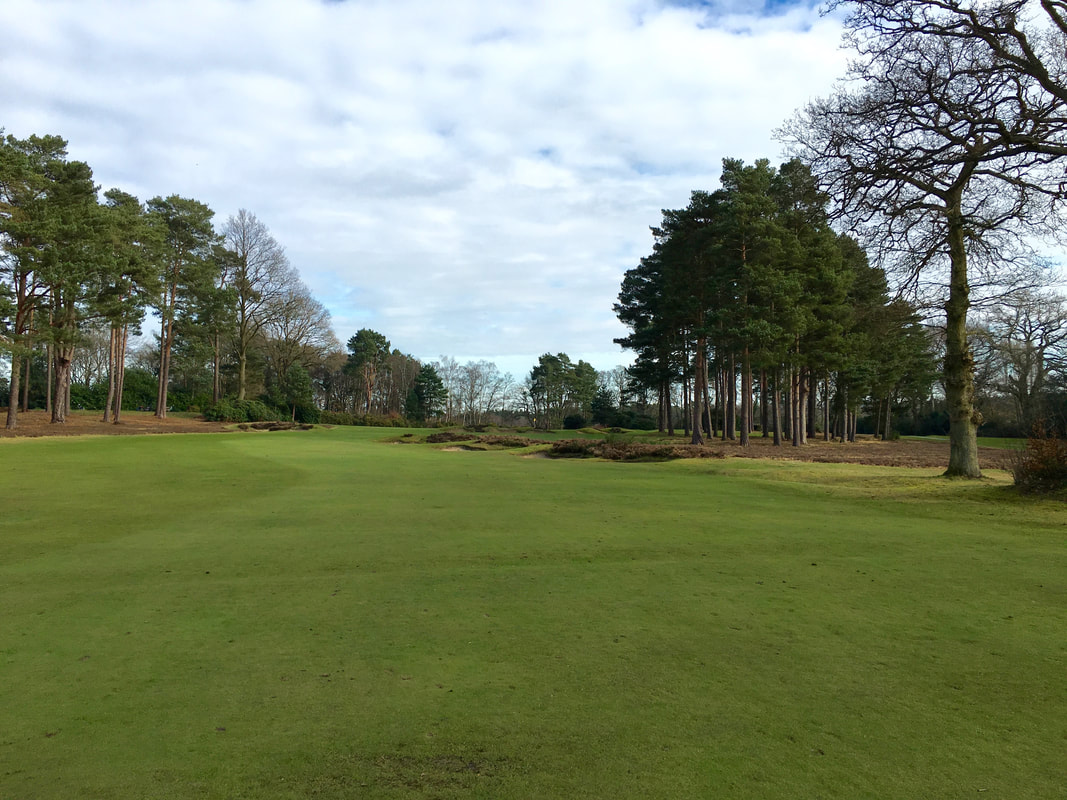
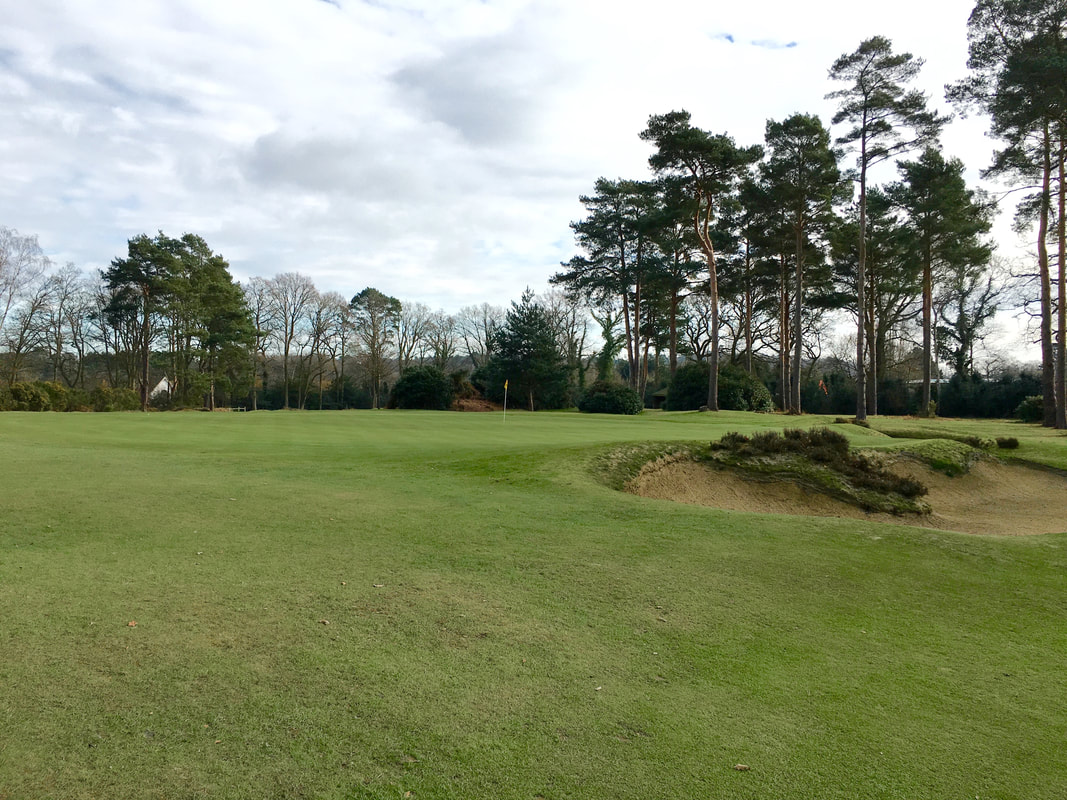
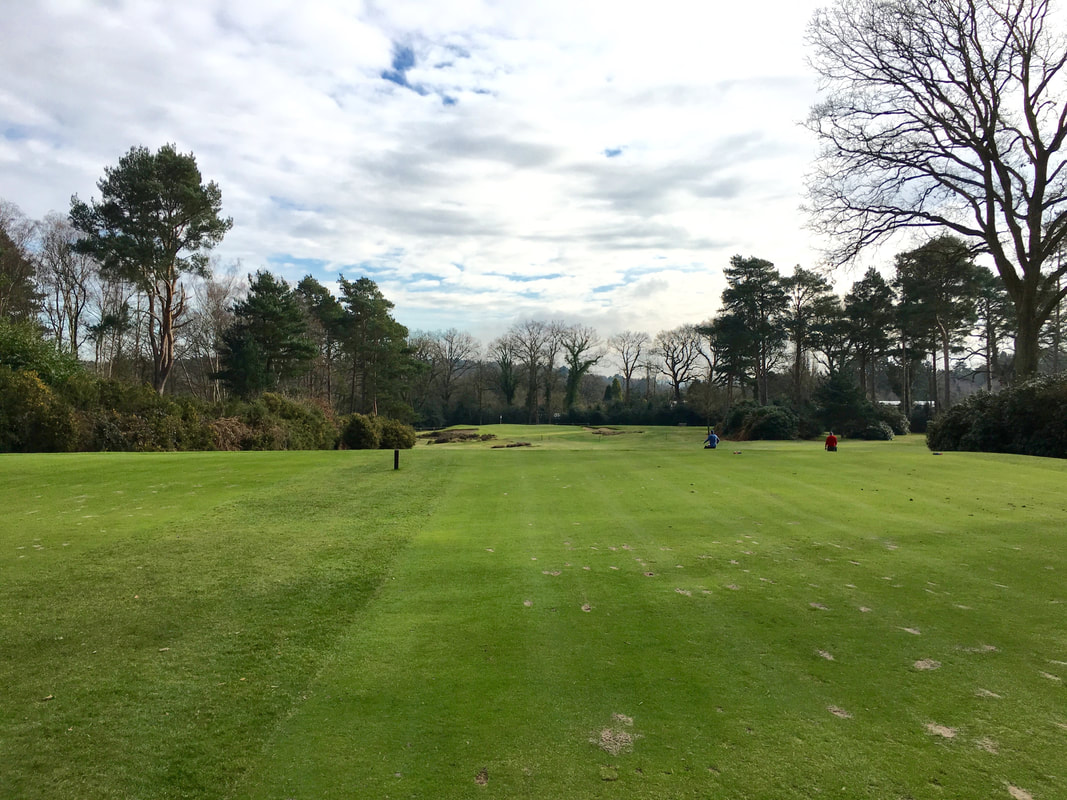
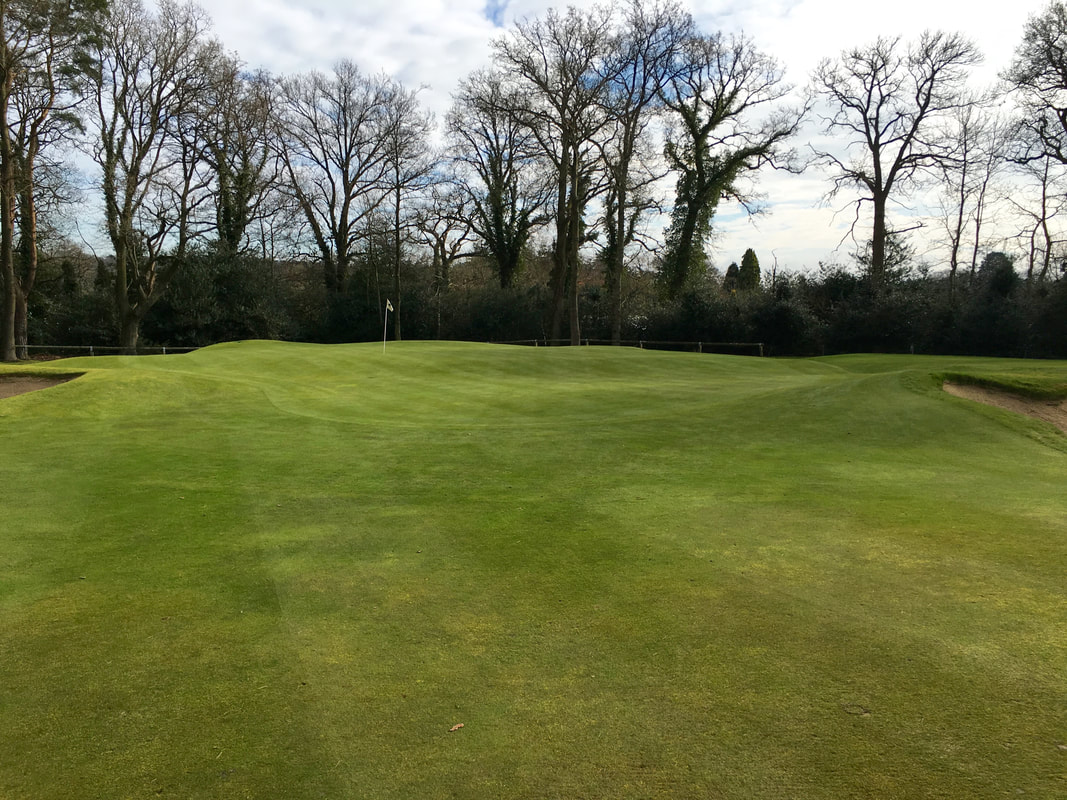
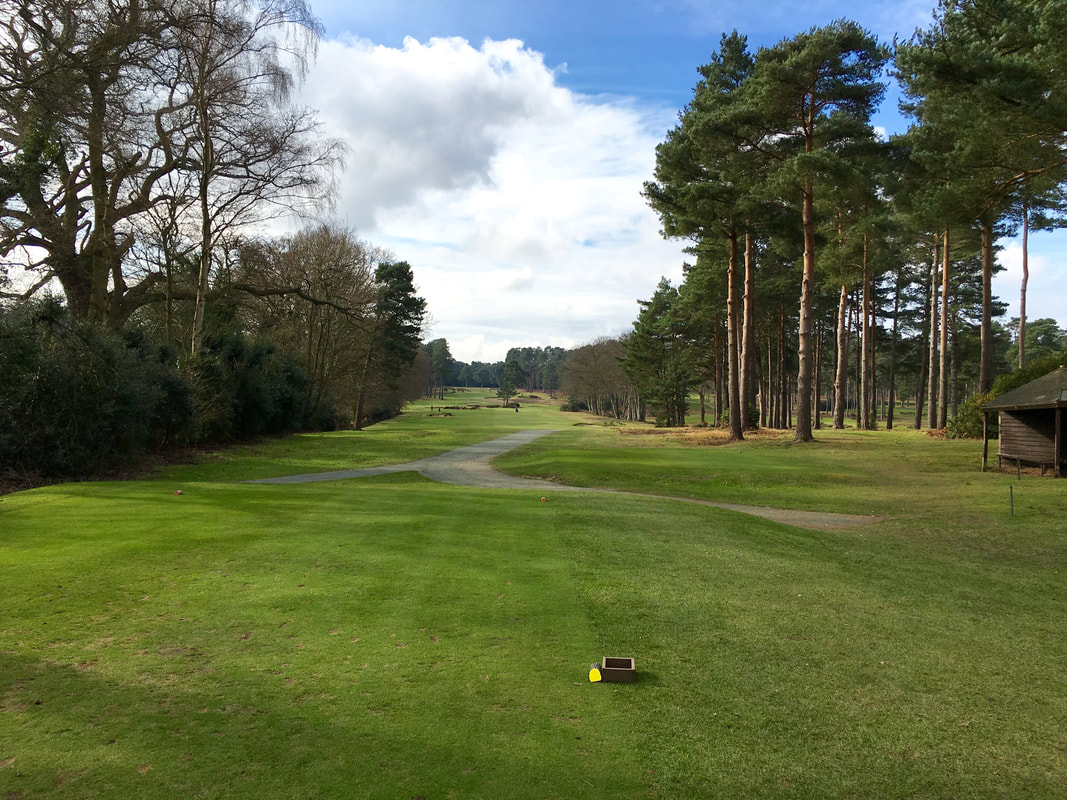
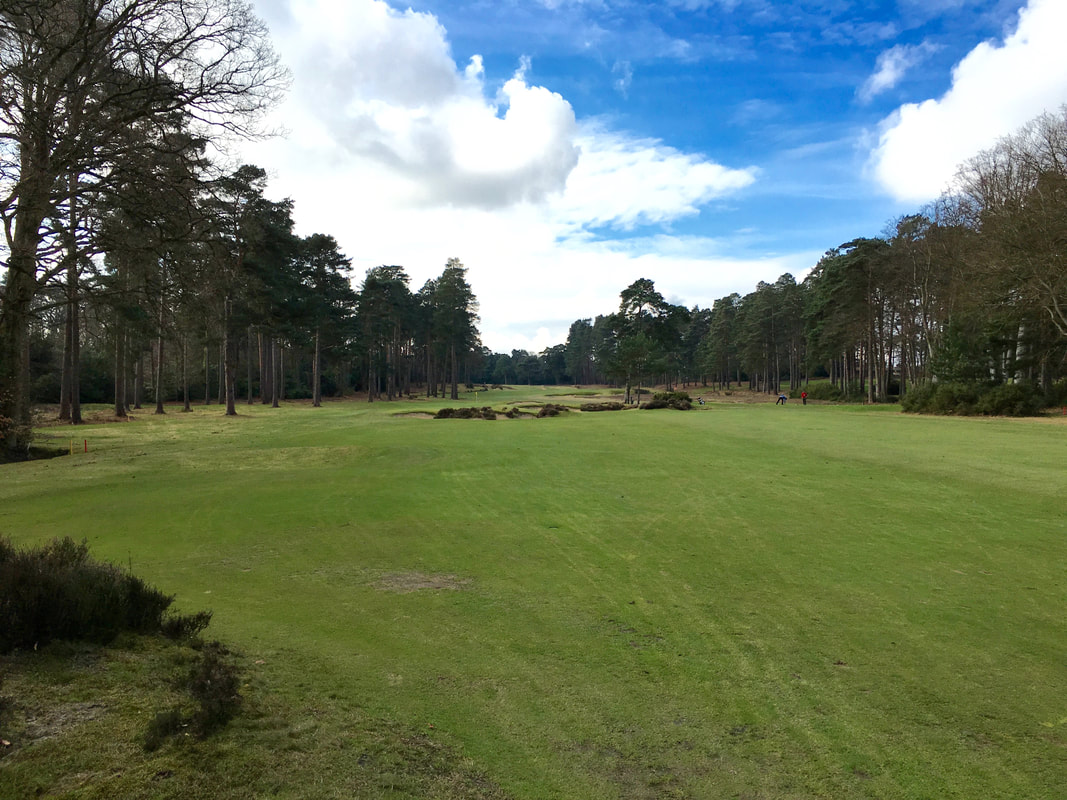
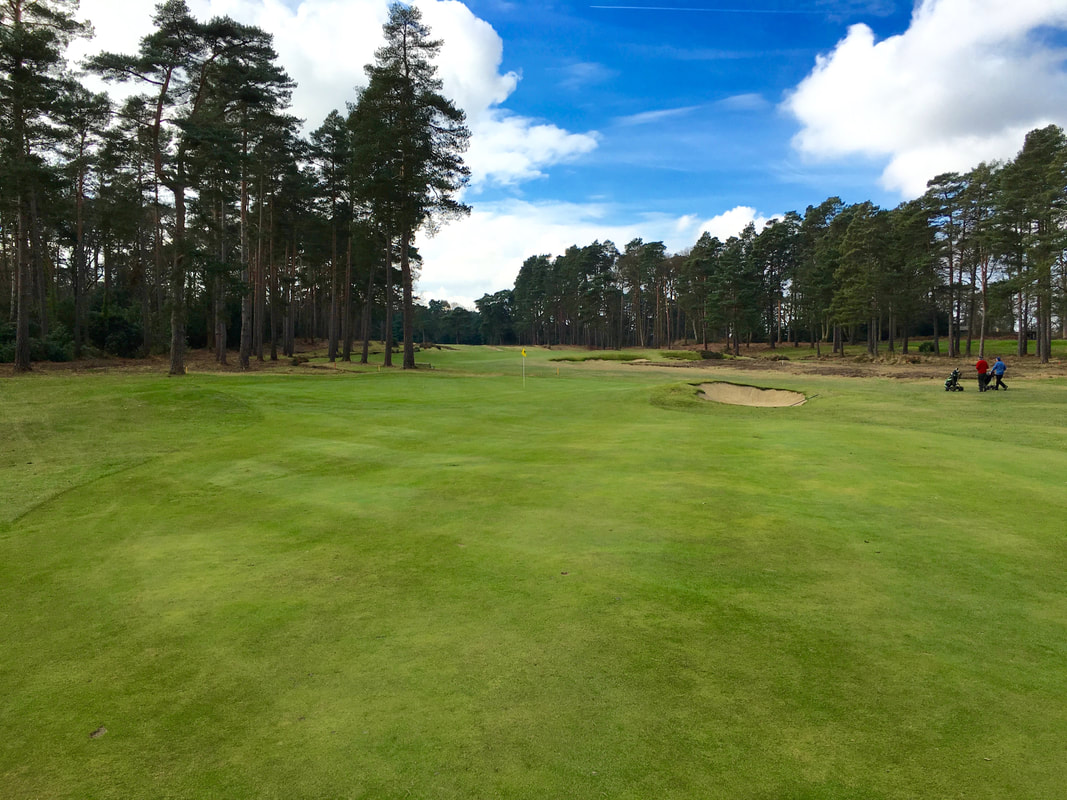
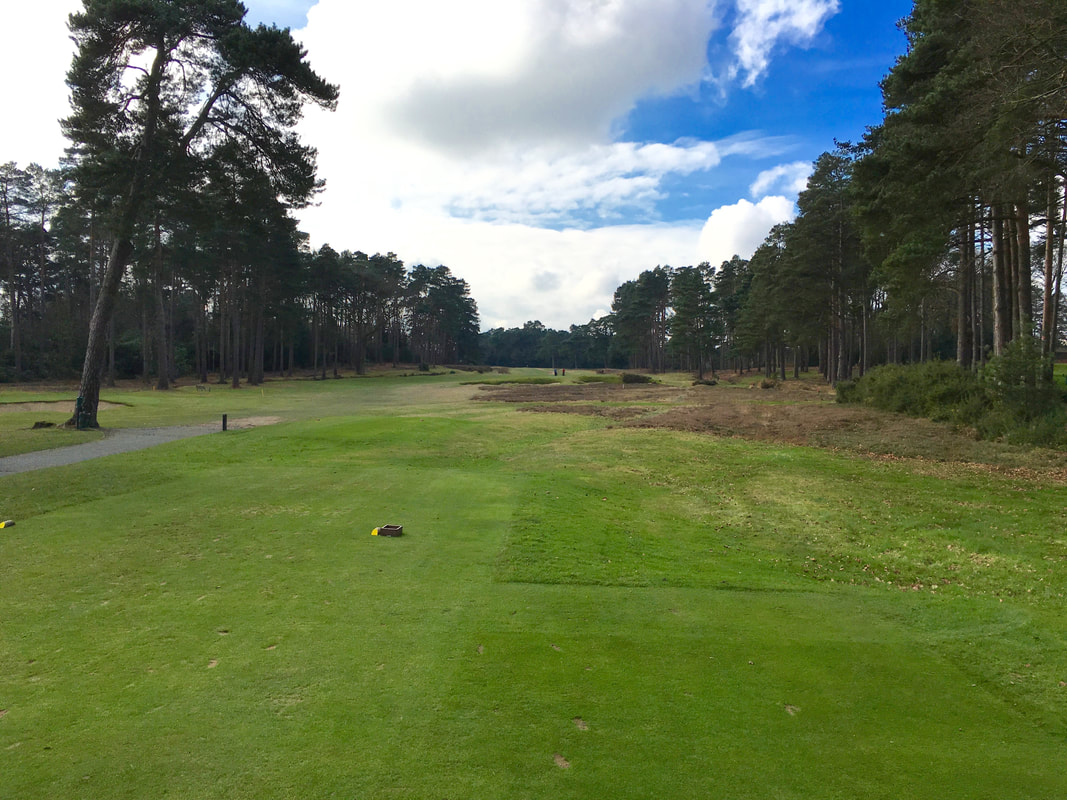
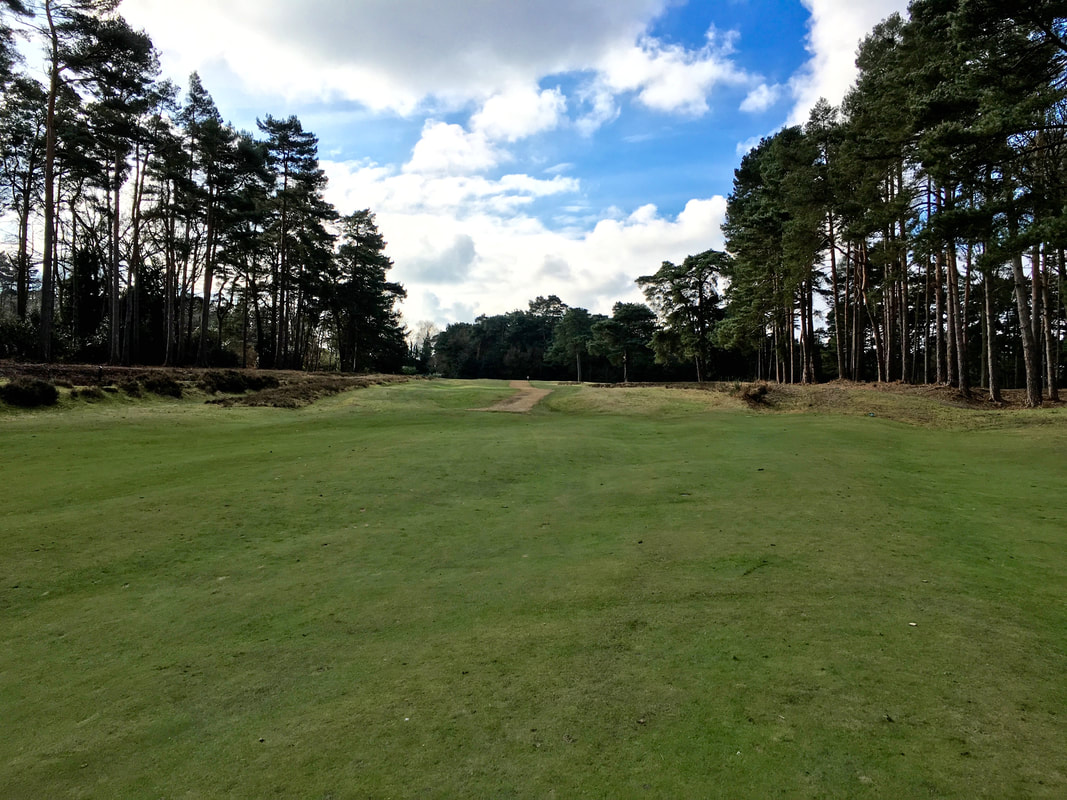
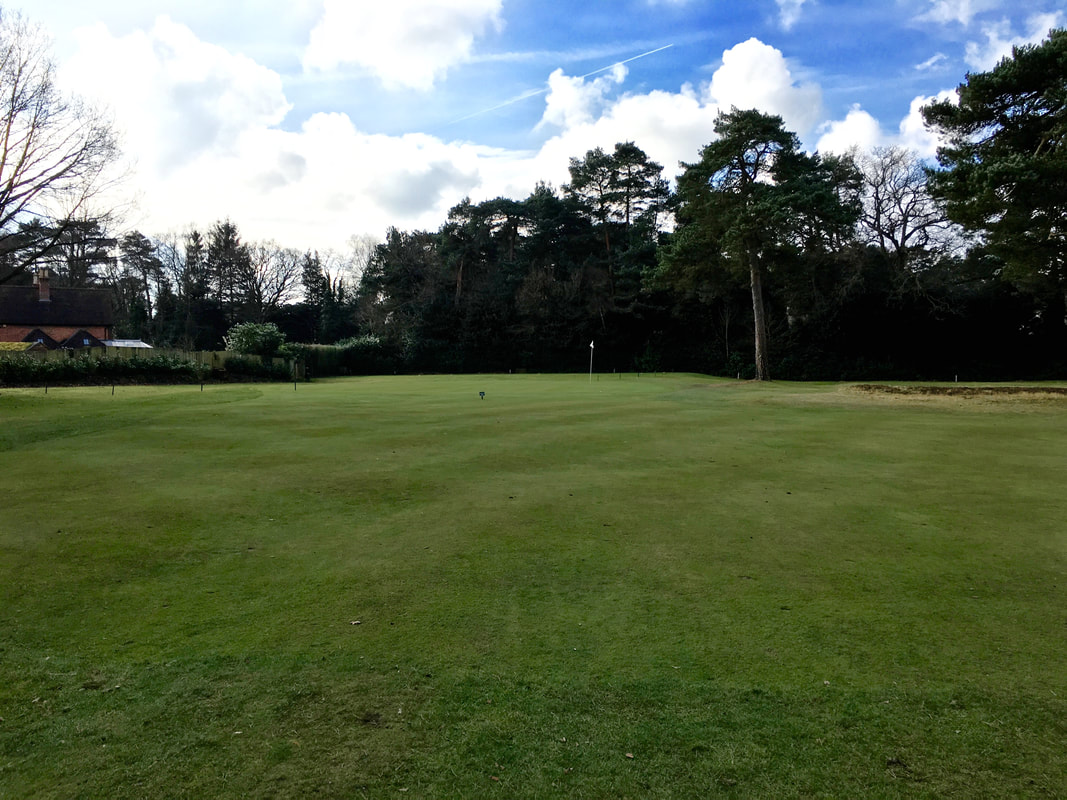
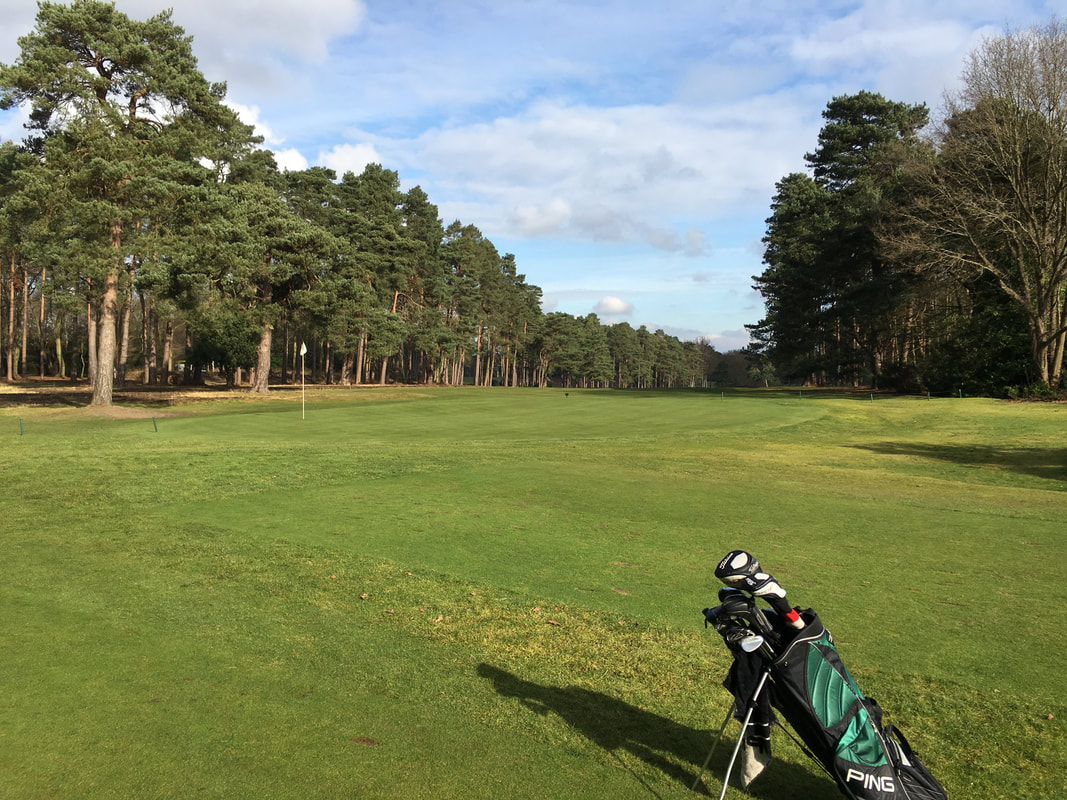
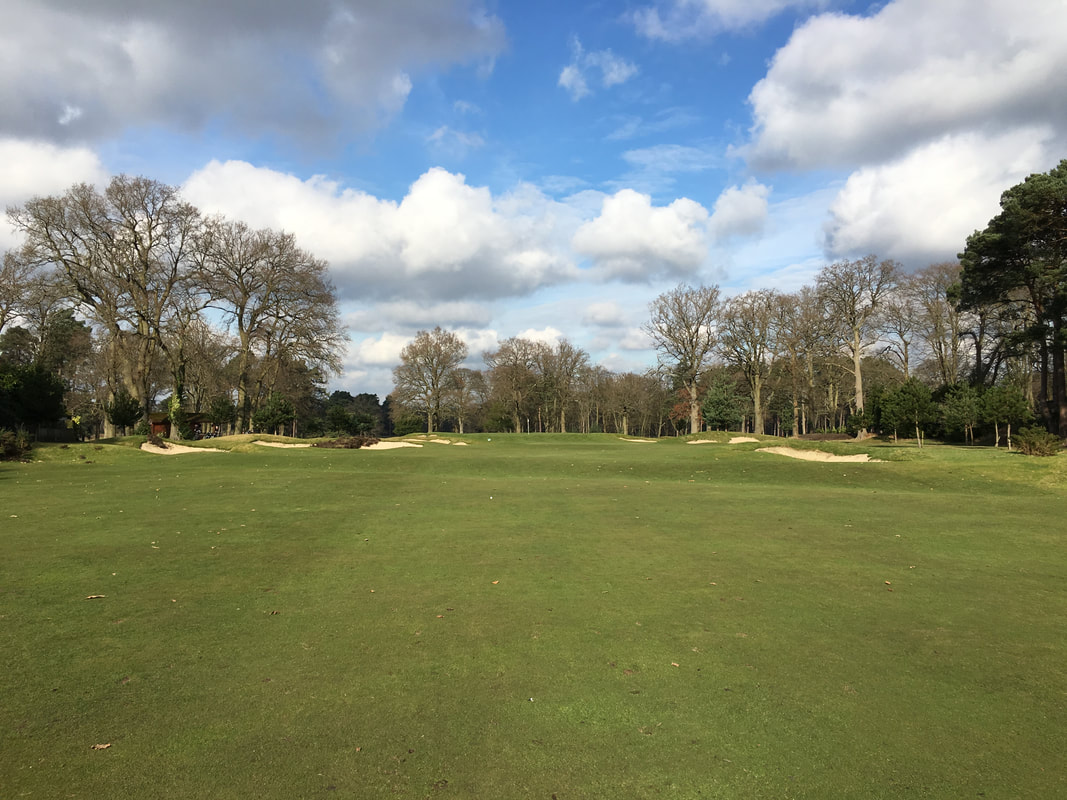
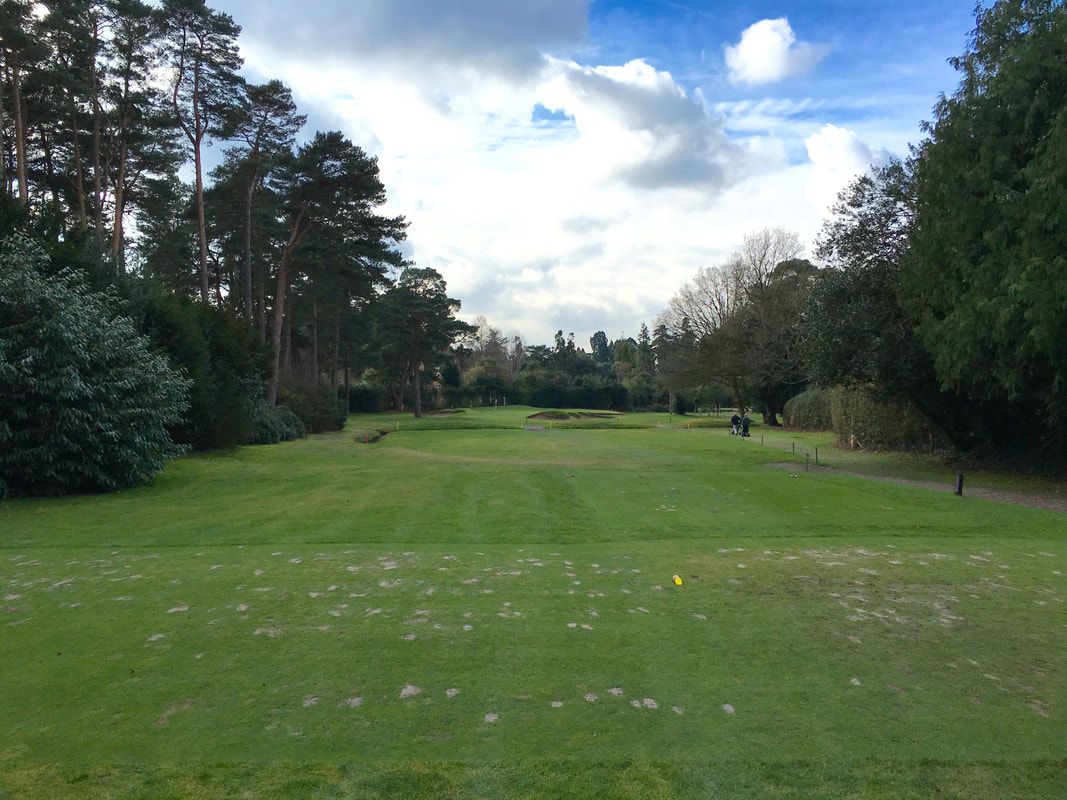

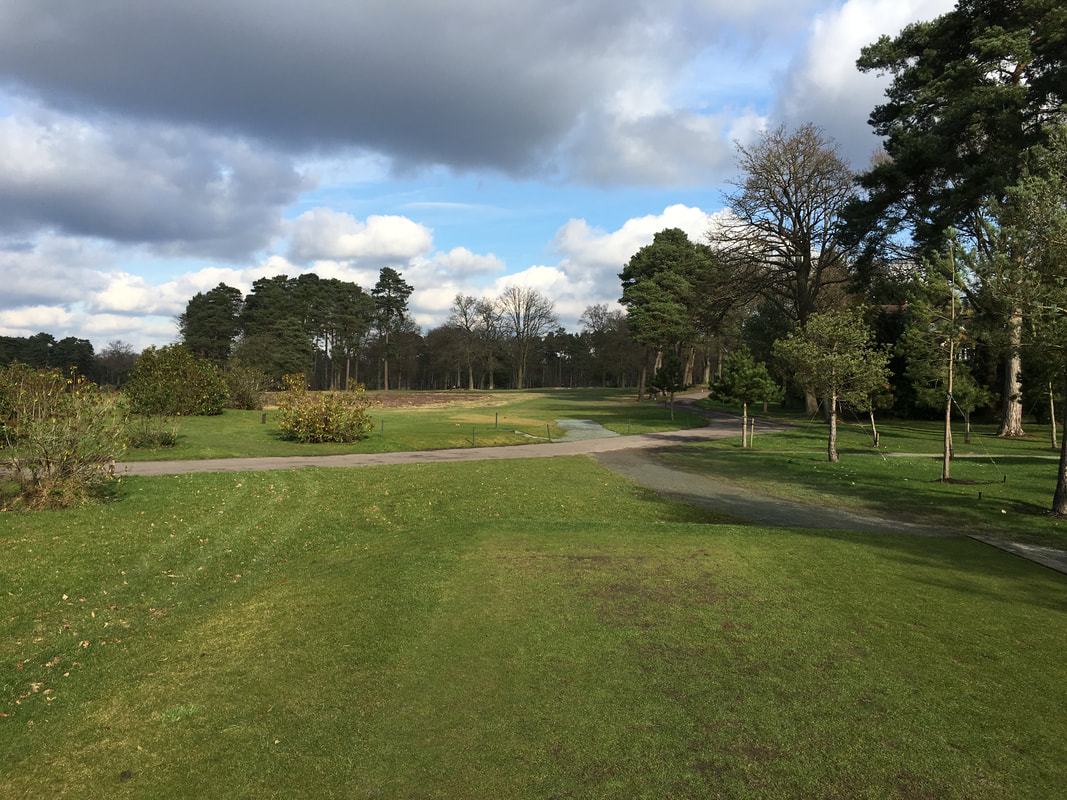
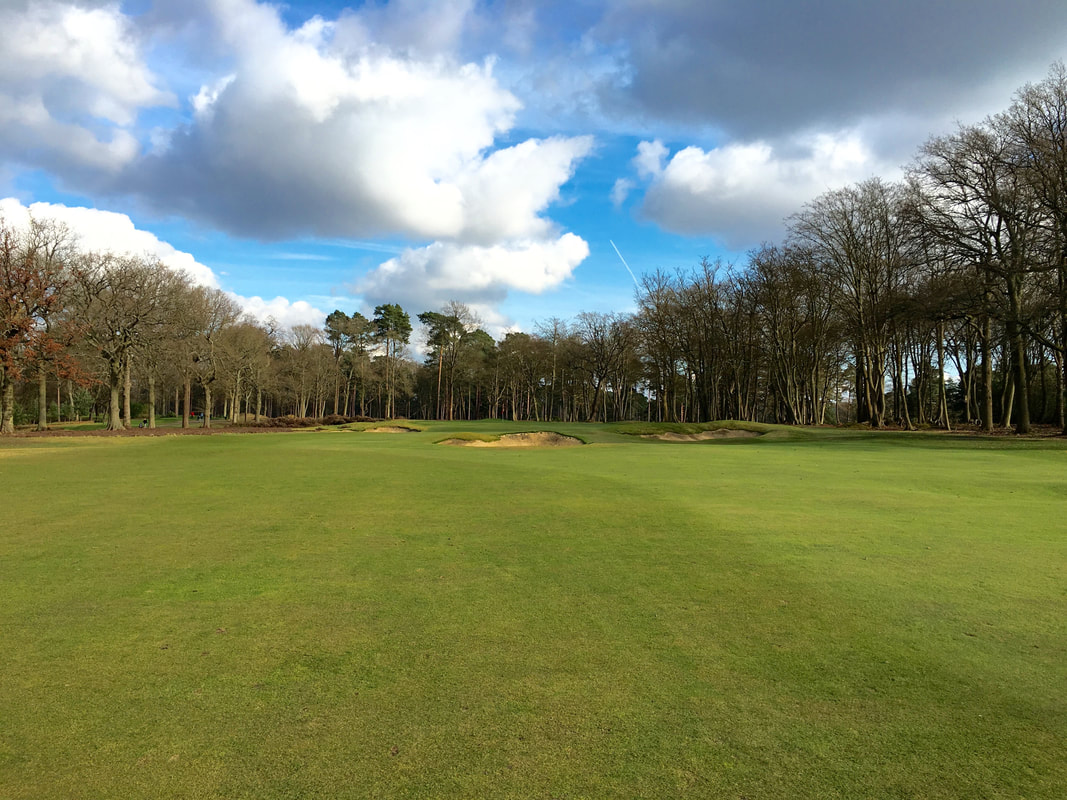
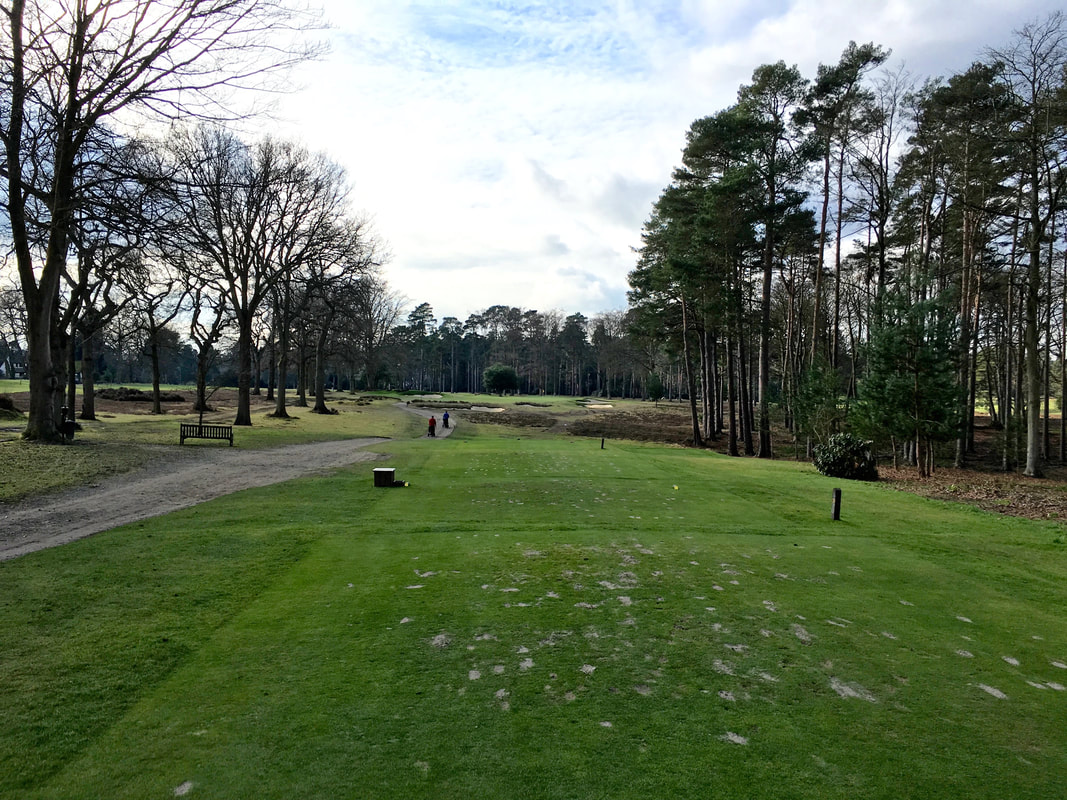
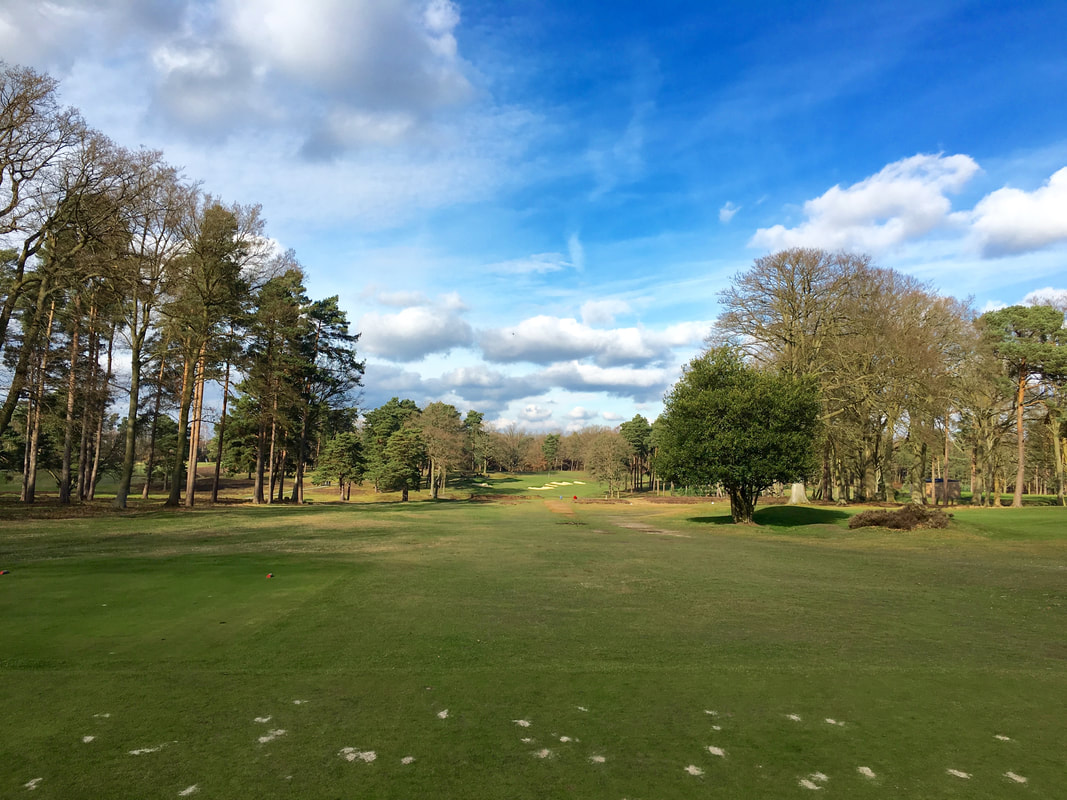
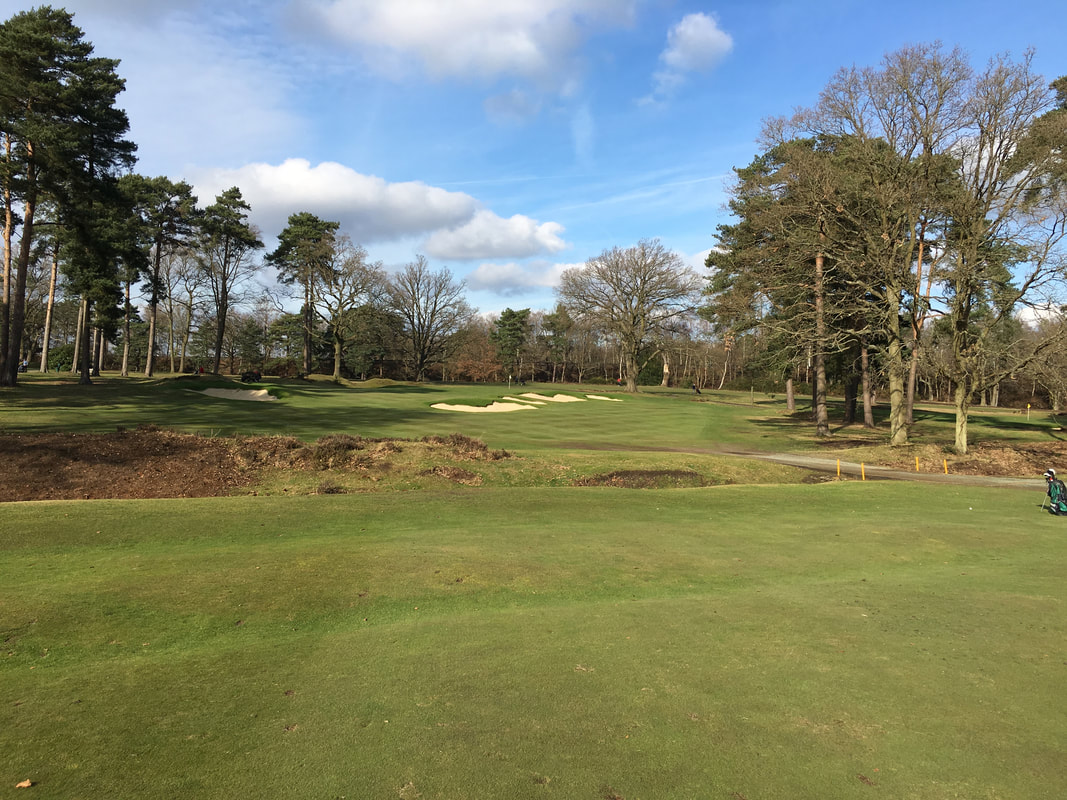
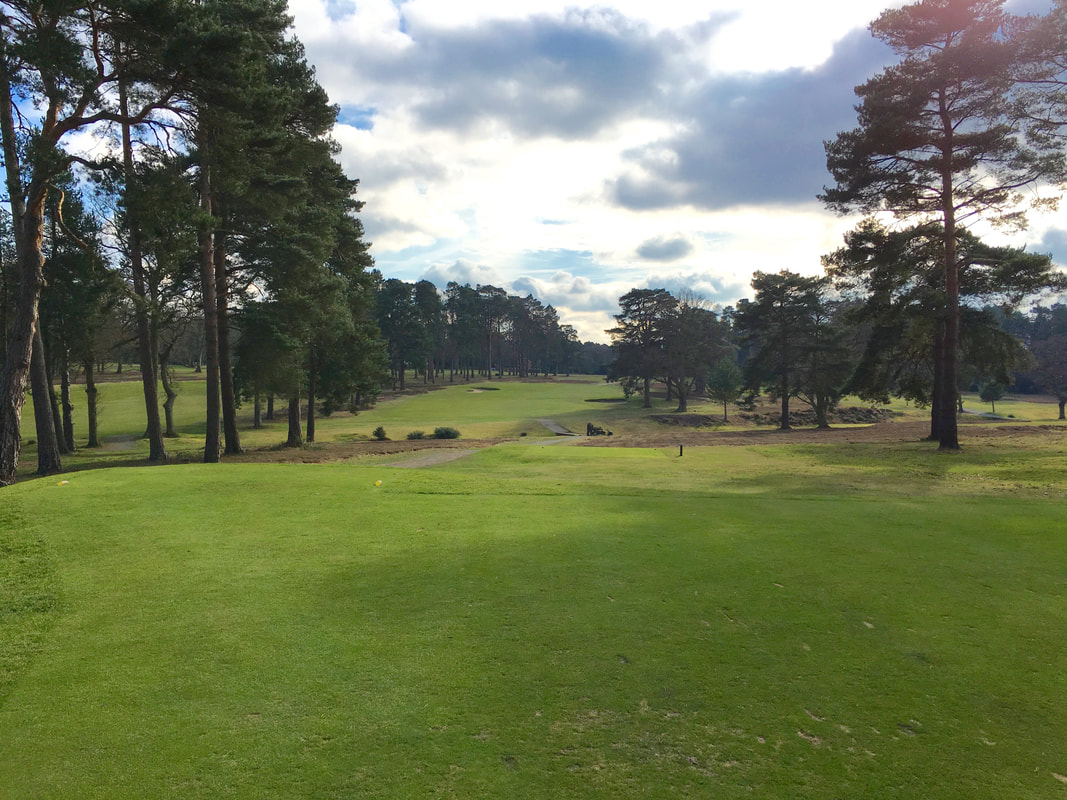
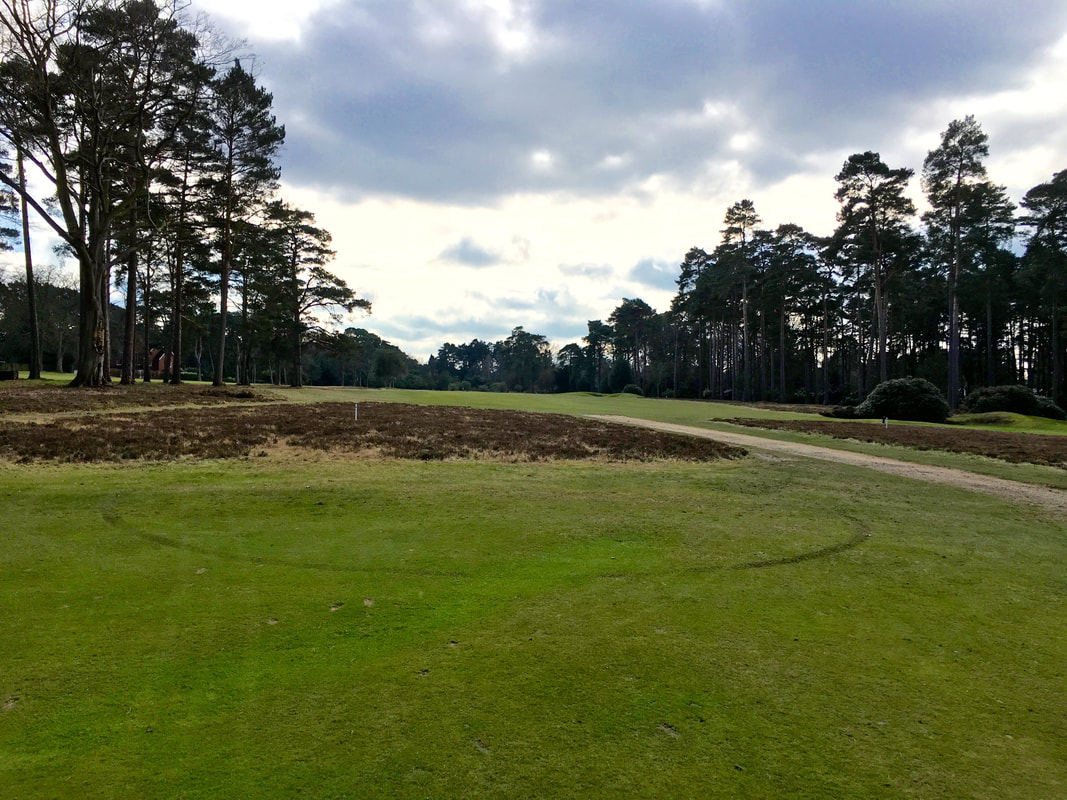
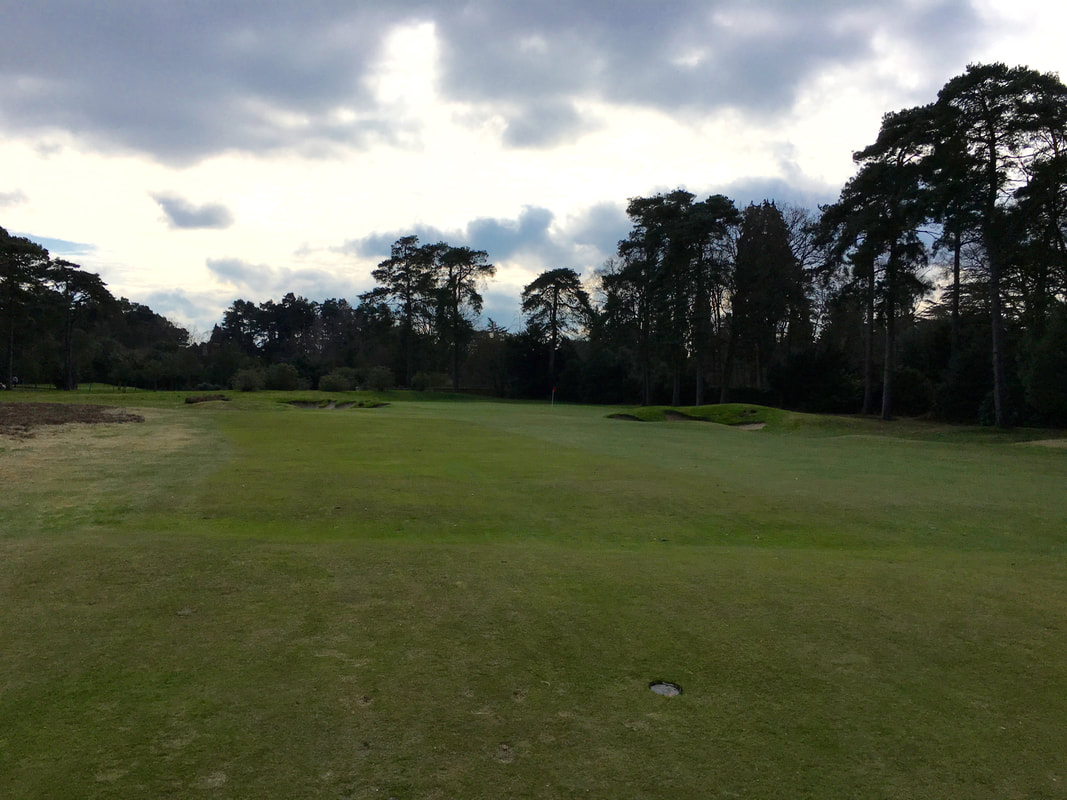
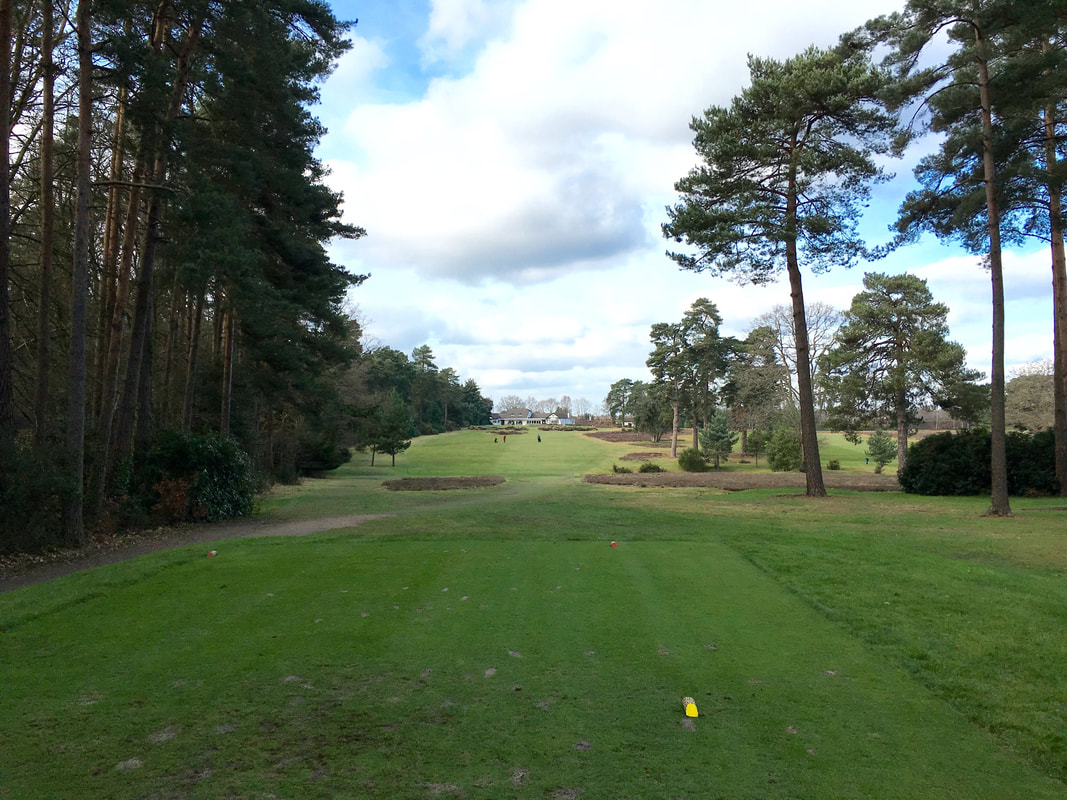


 RSS Feed
RSS Feed